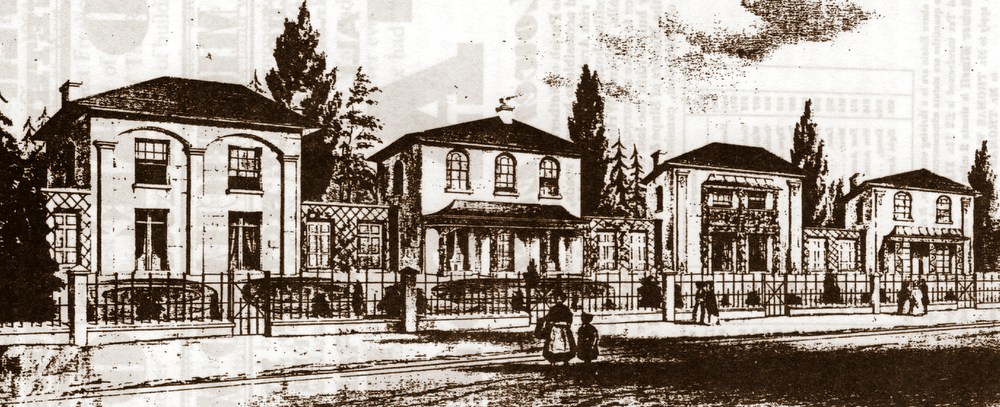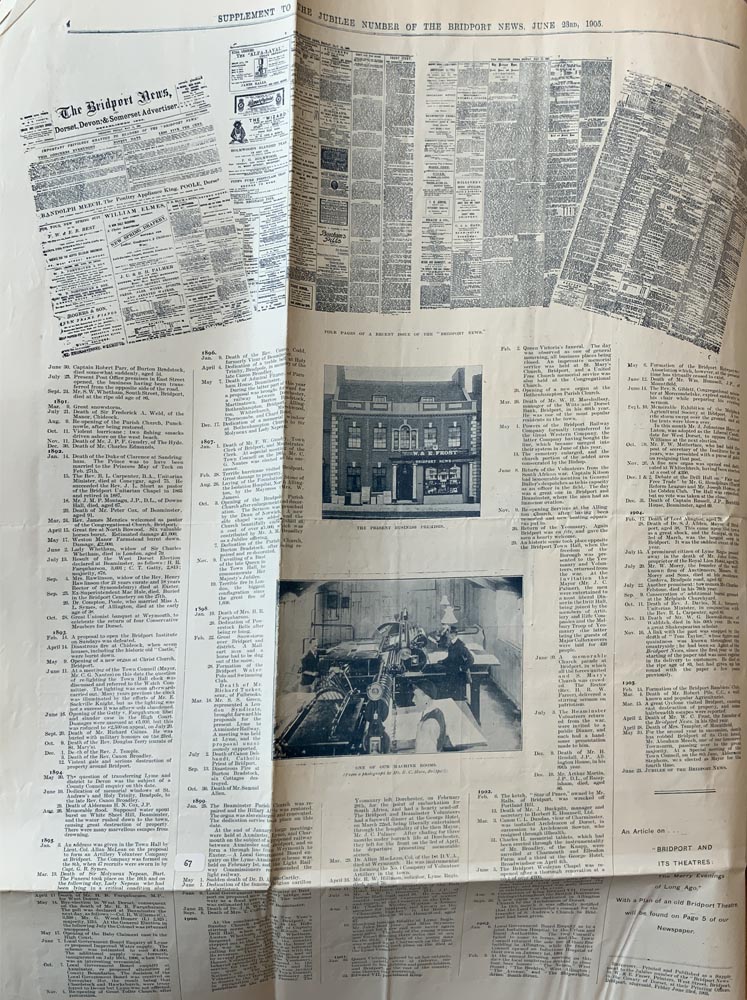Scroll down or click on Home to return back.
Use Search engine below to find more pages.
Old Views of Bridport
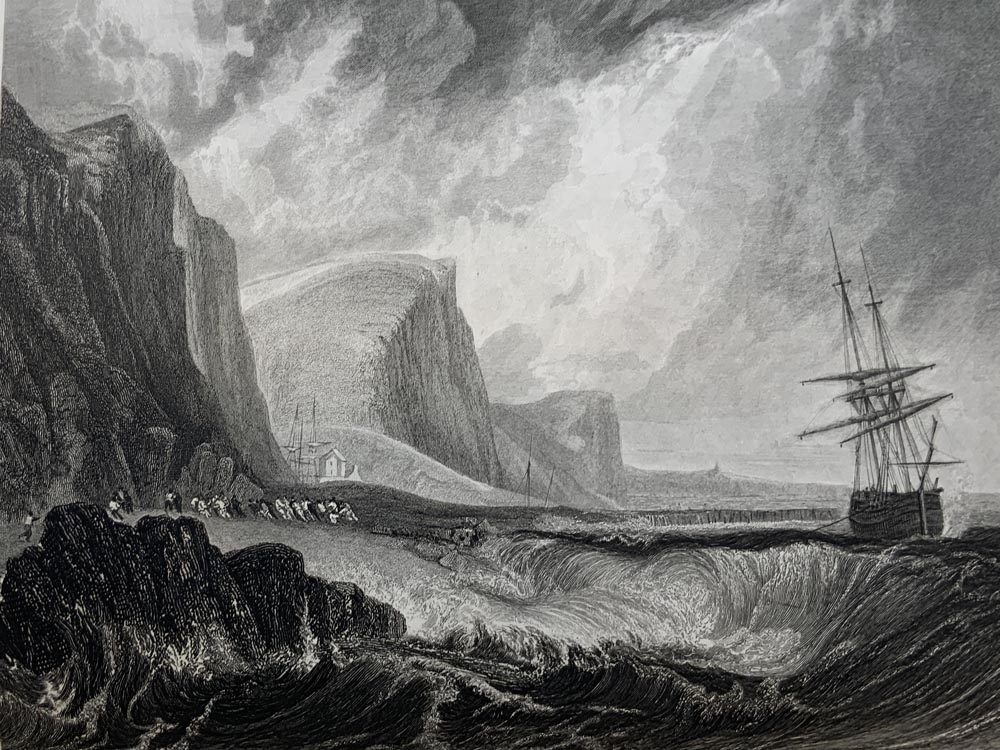
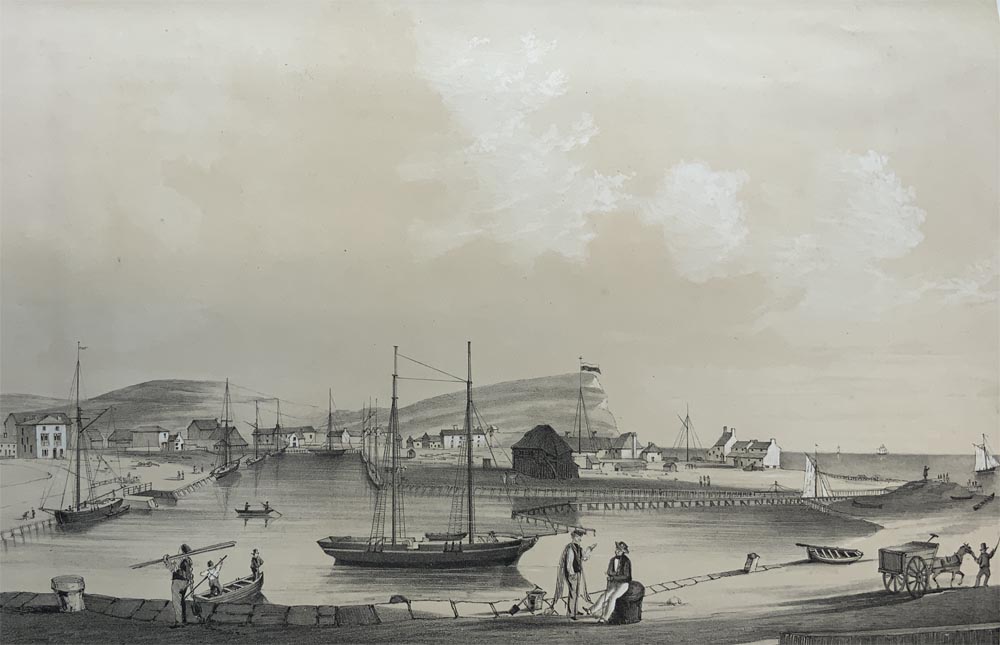
Bridport Harbour from the Ship Building Yard.
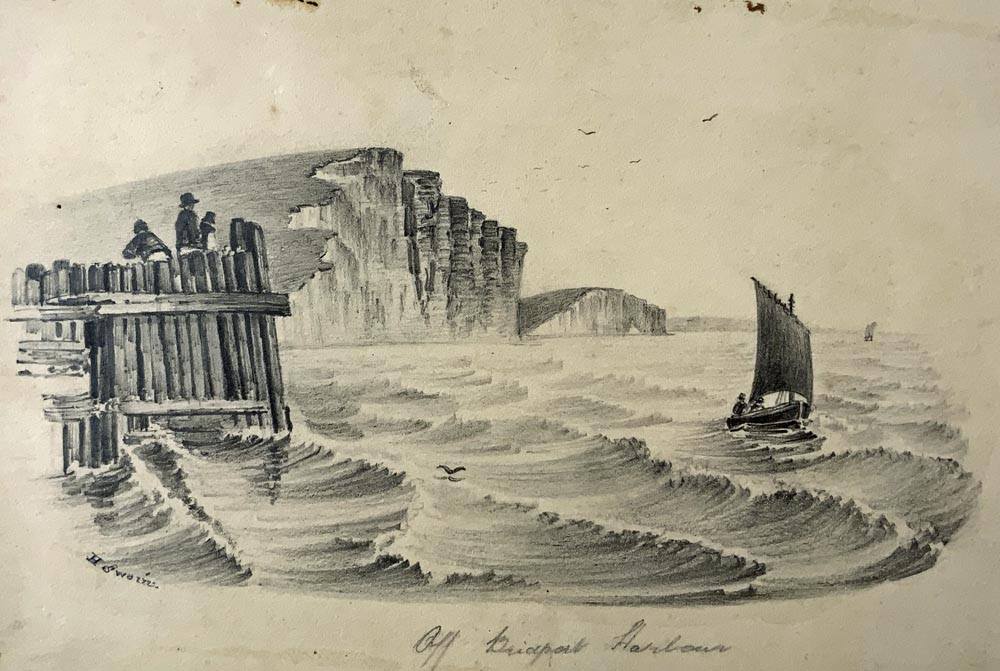
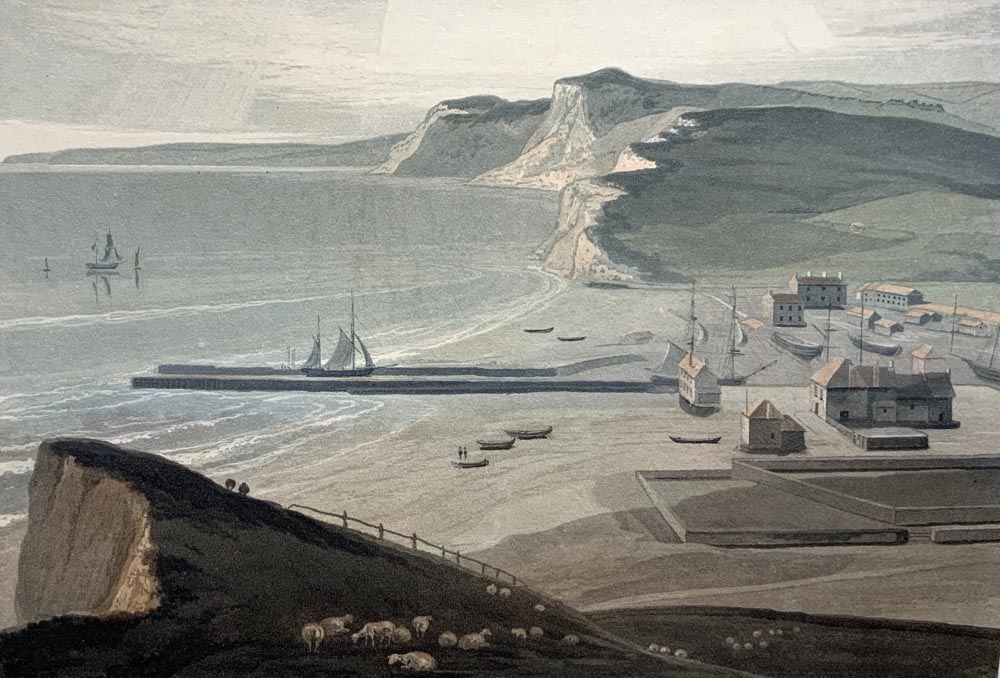
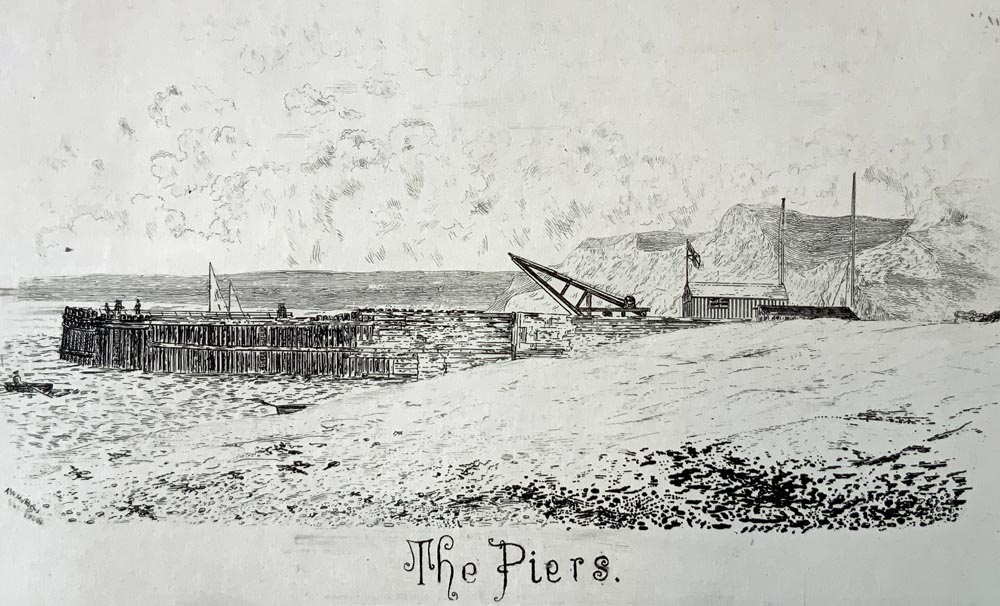
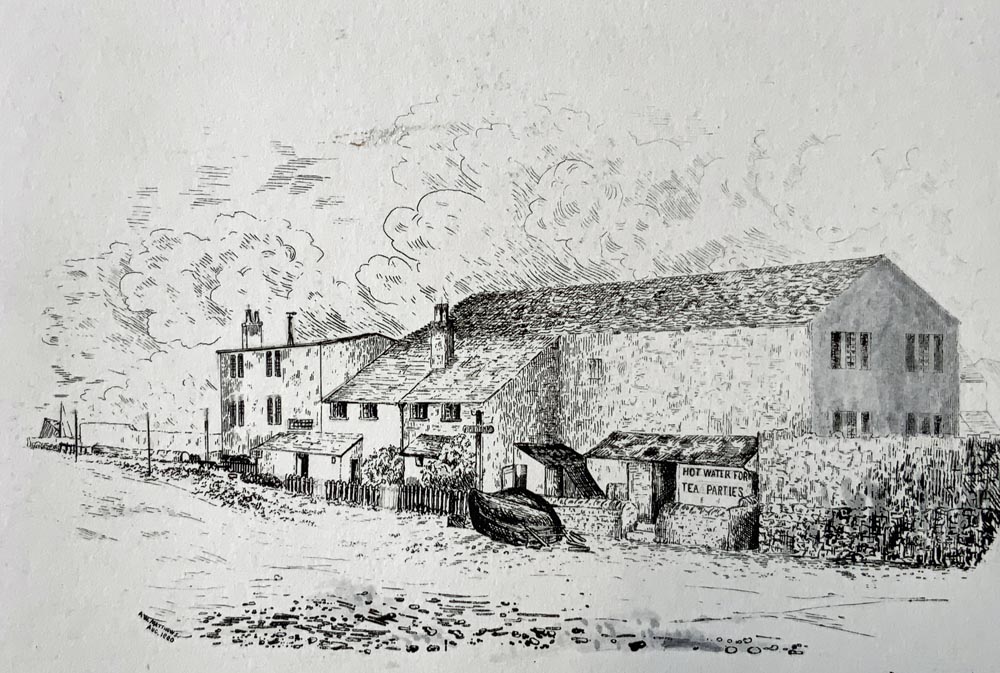
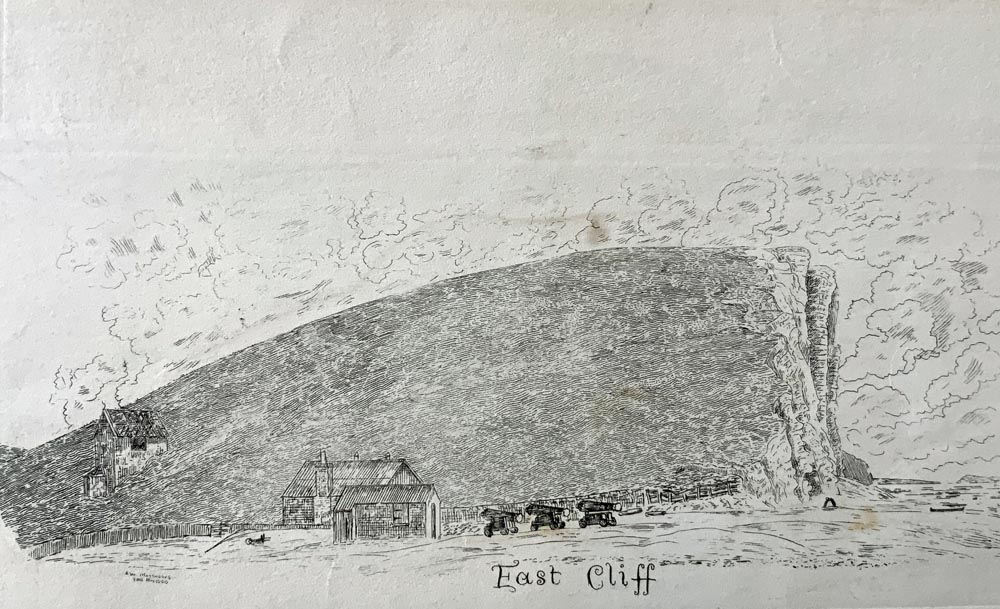
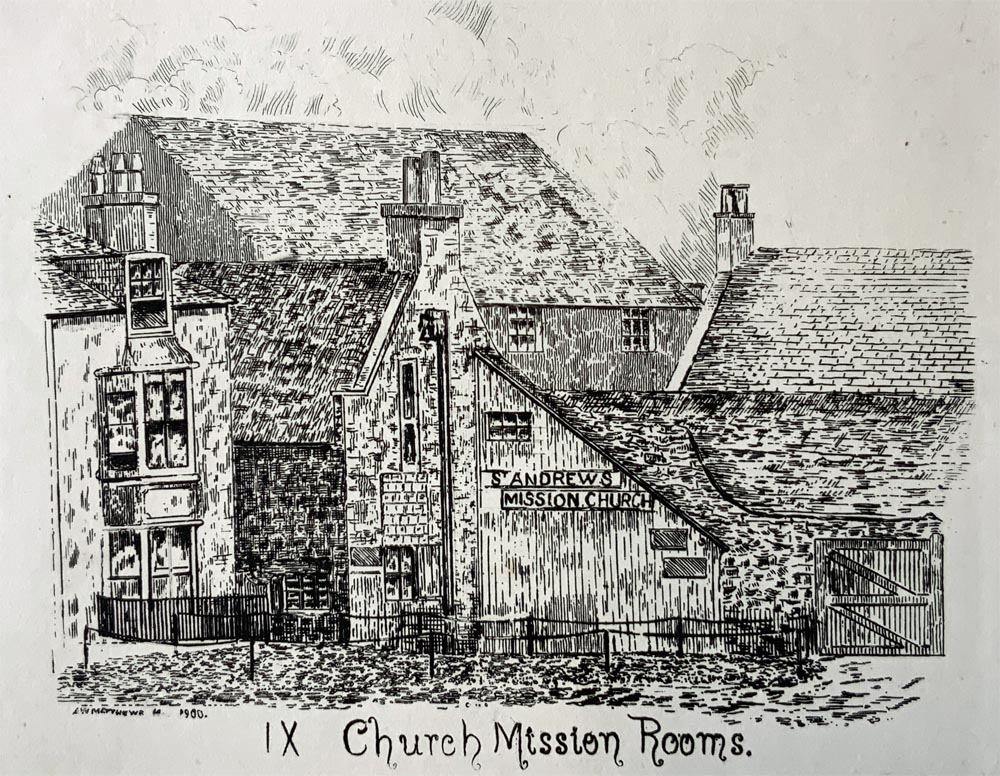
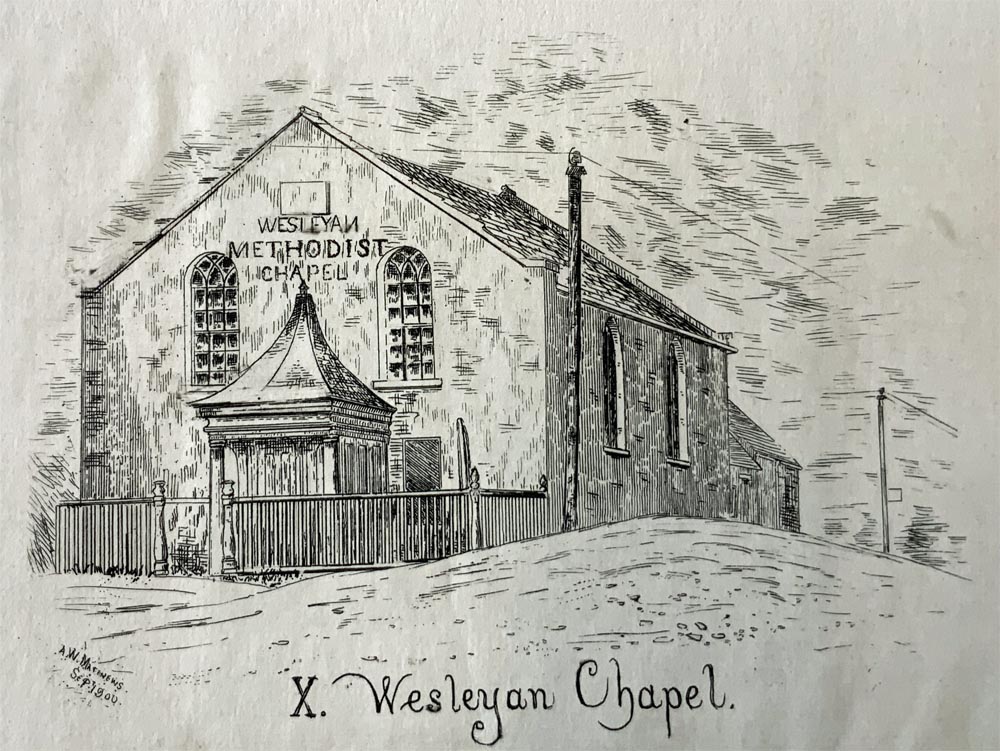
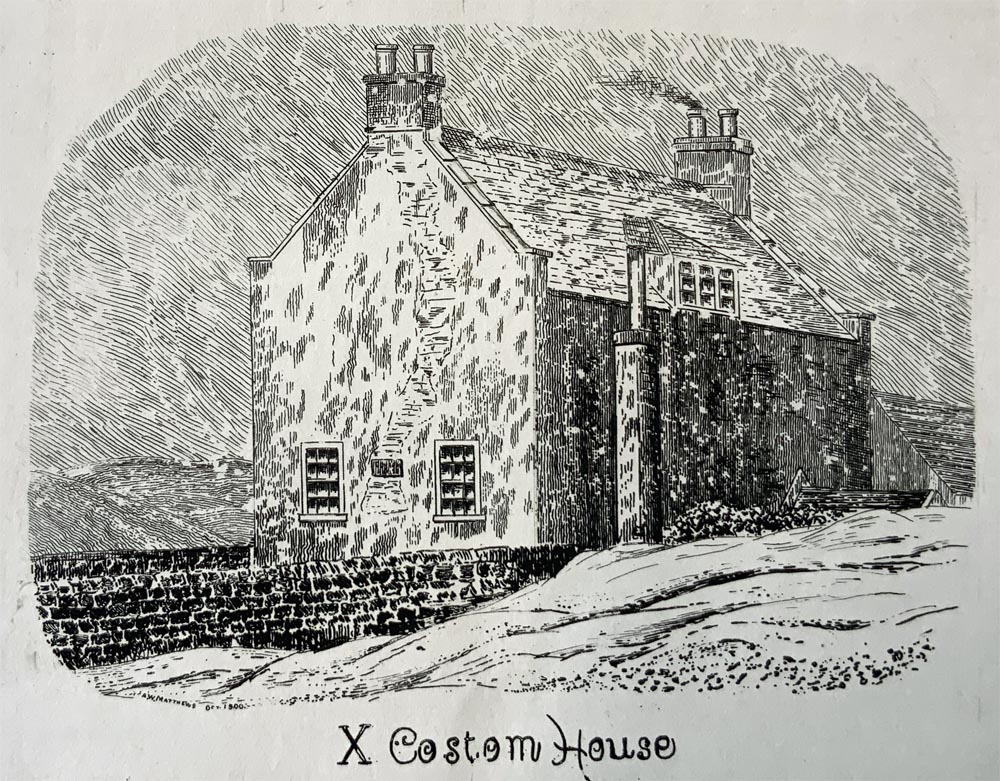
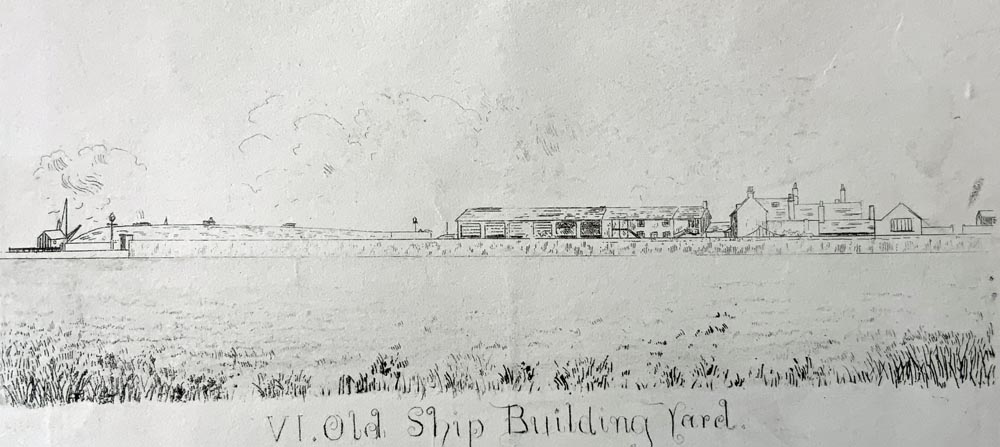
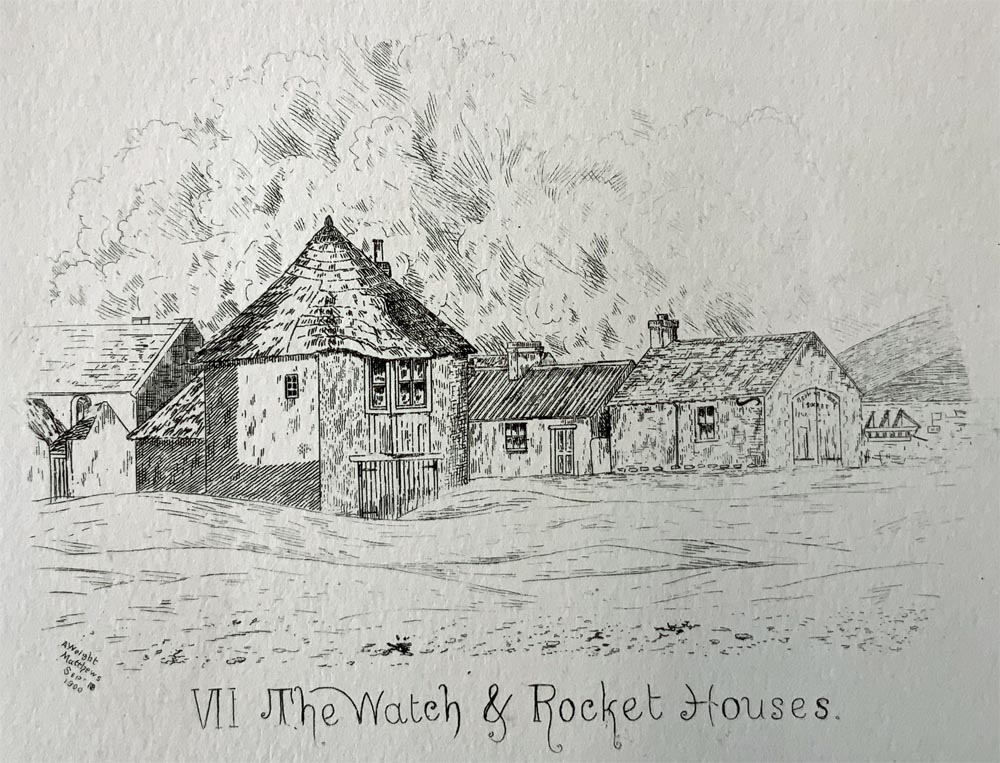
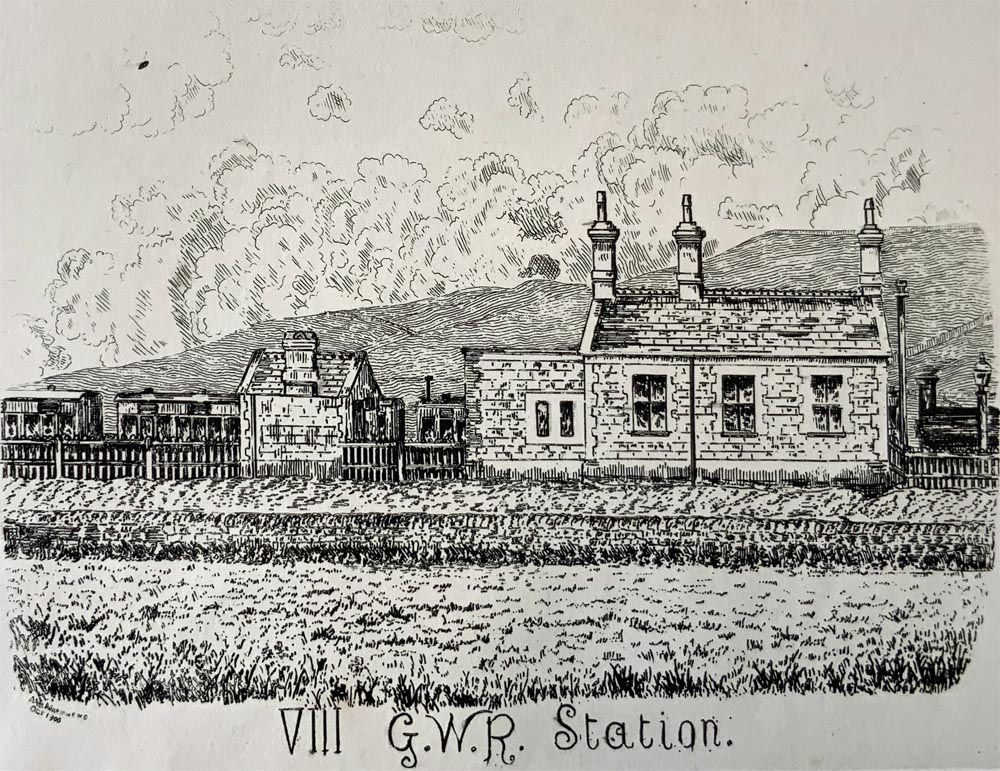
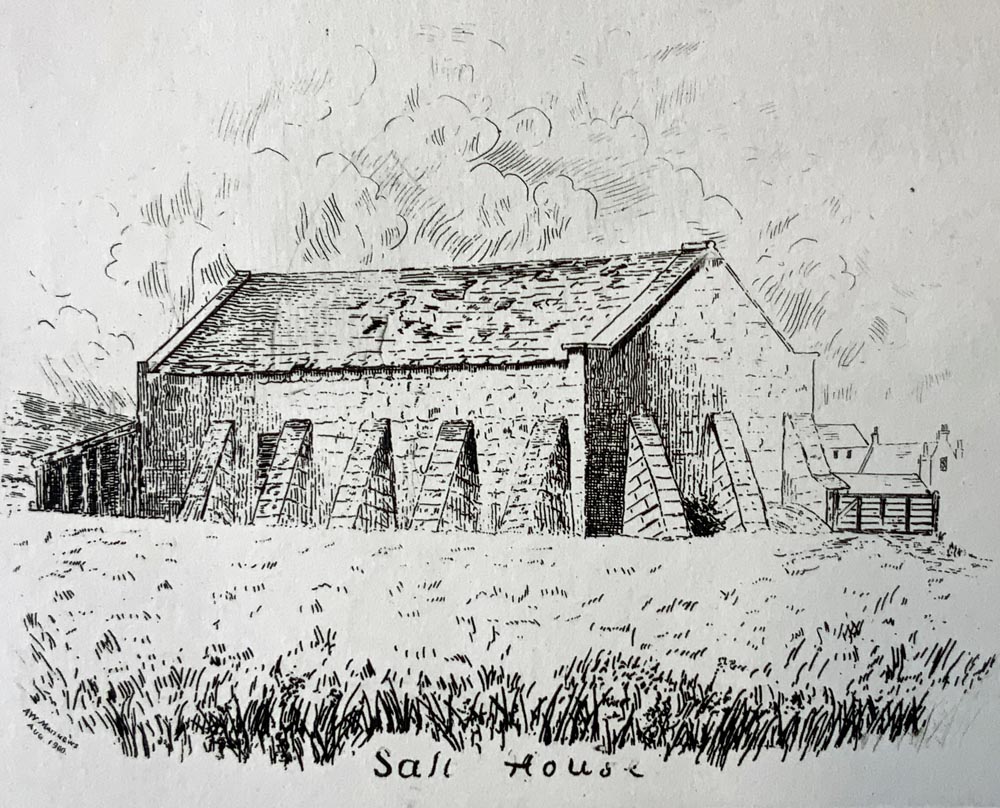
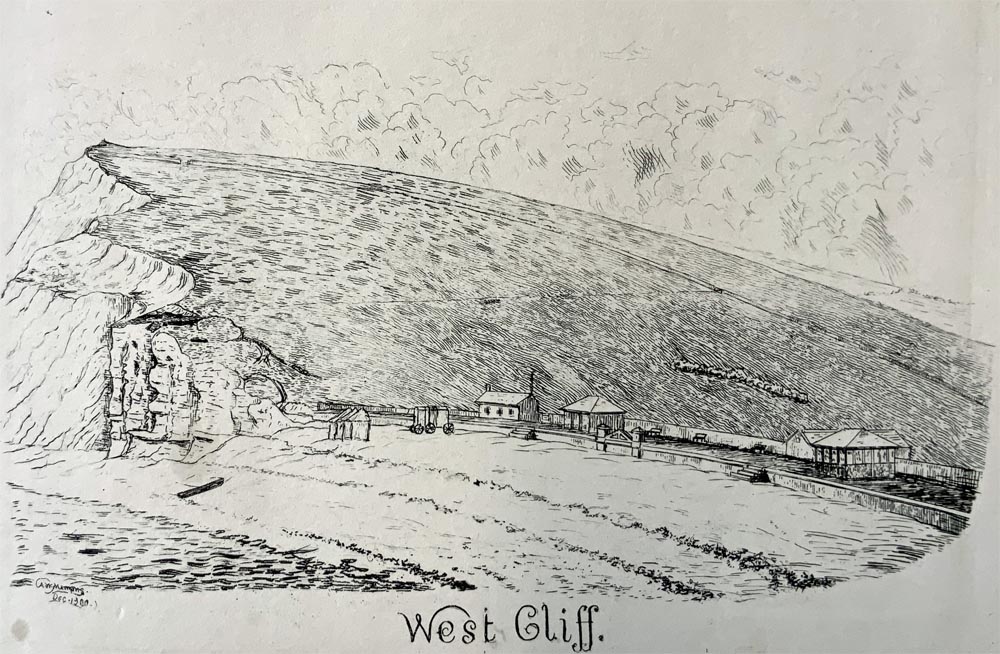
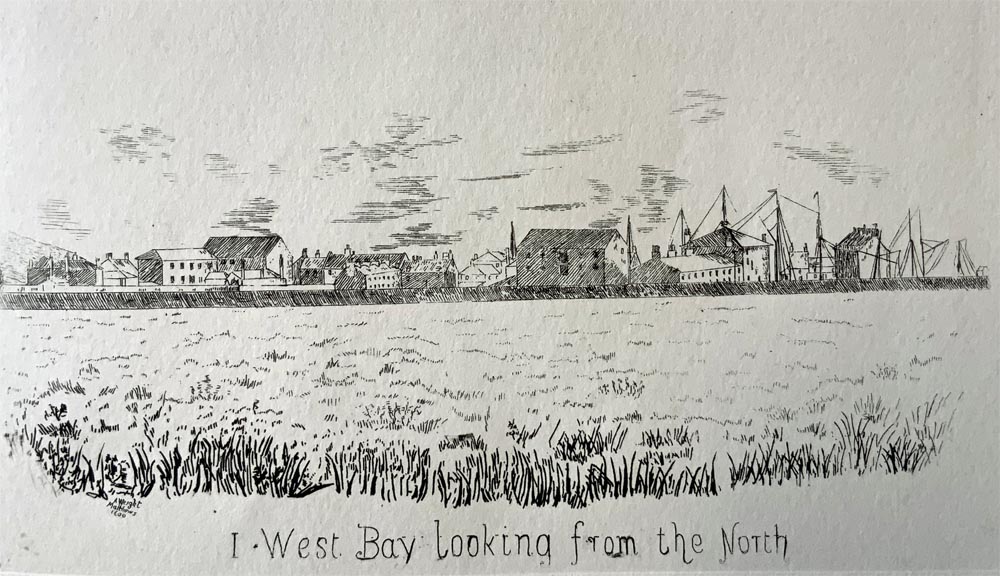
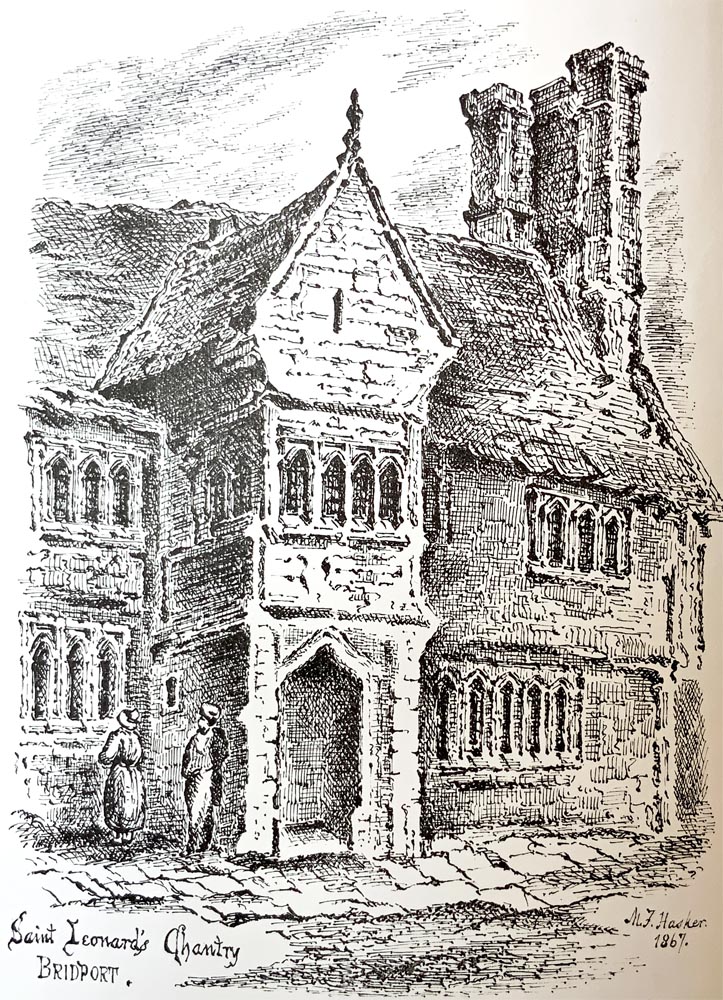
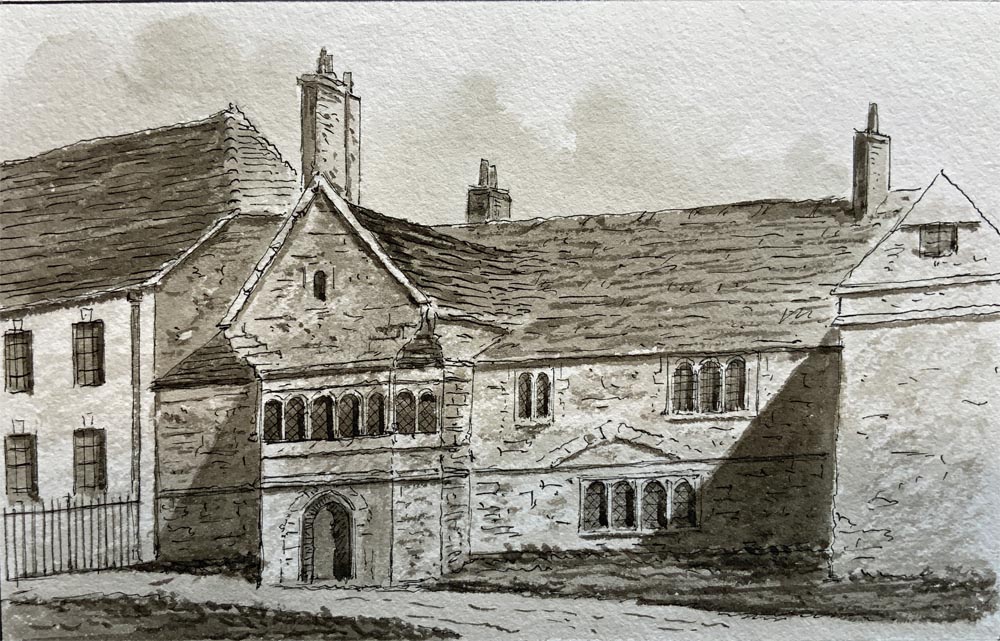
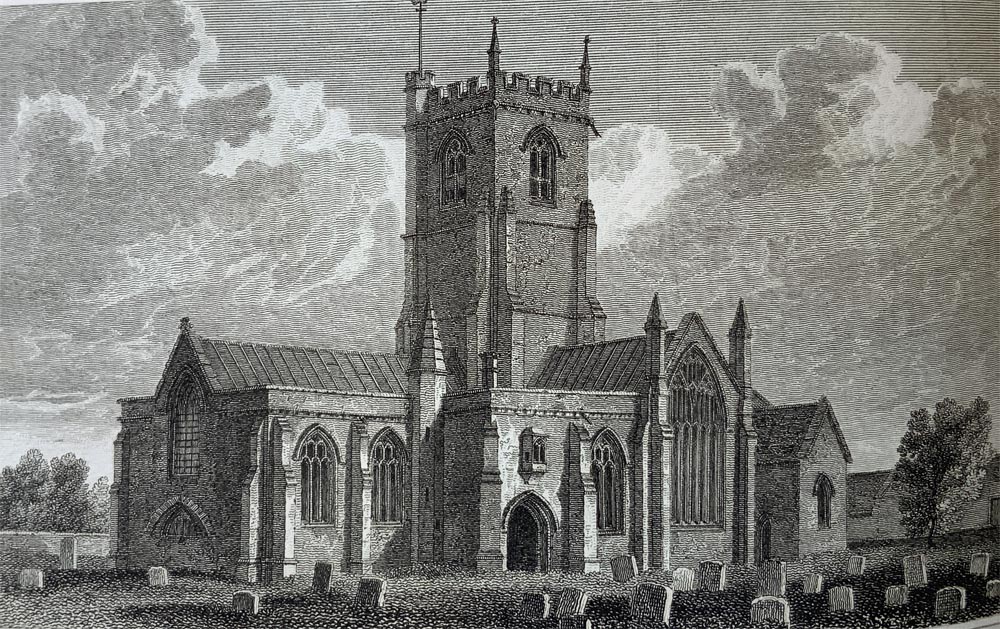
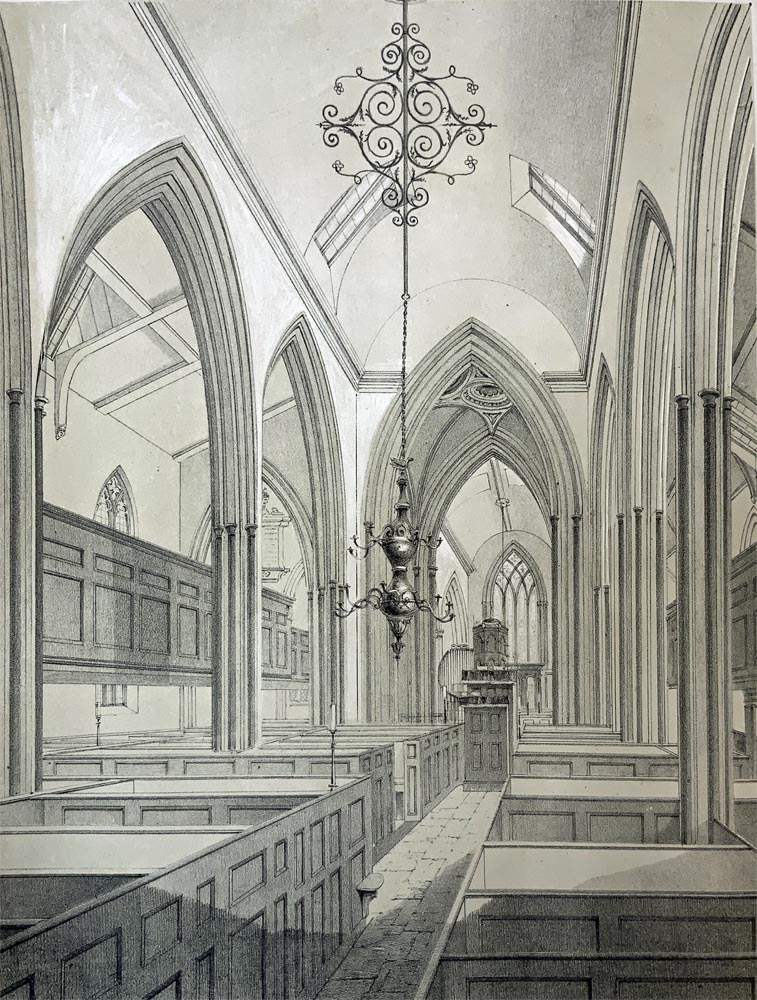
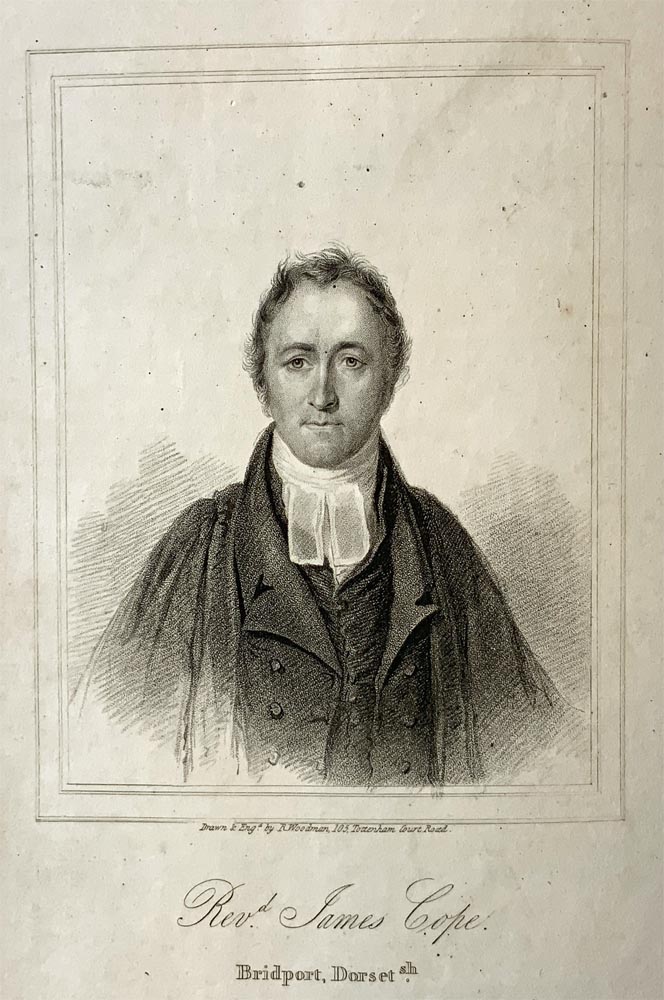
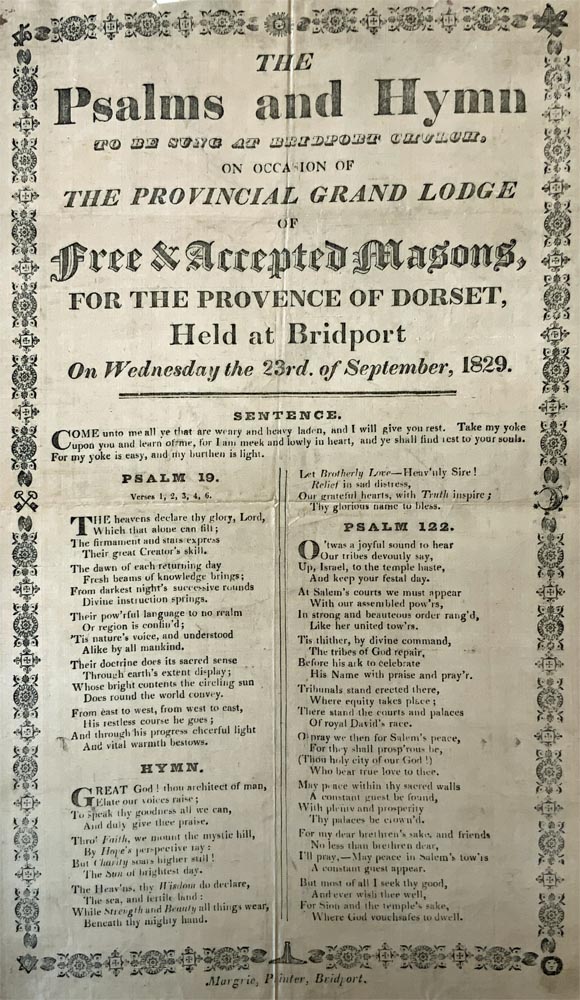
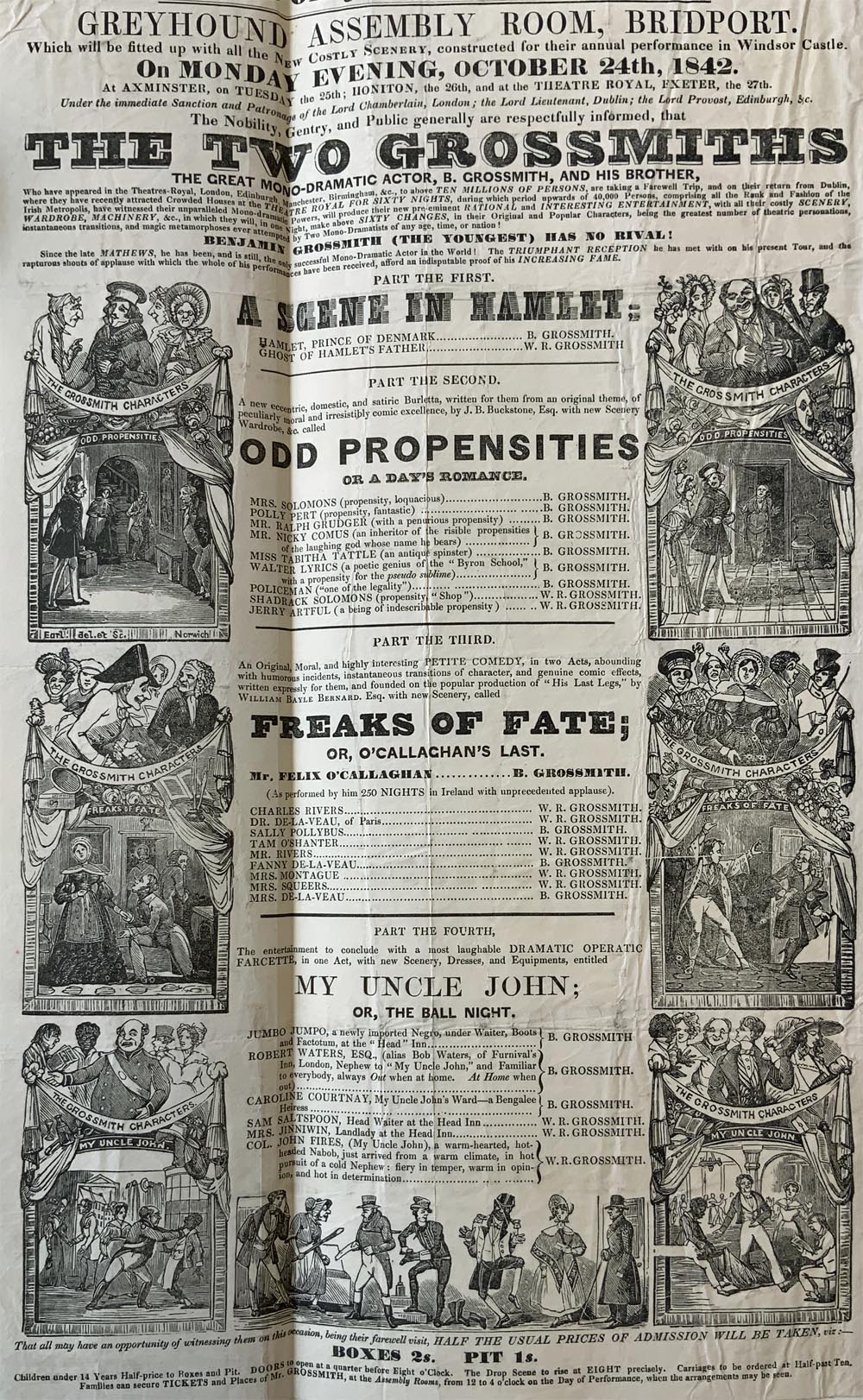
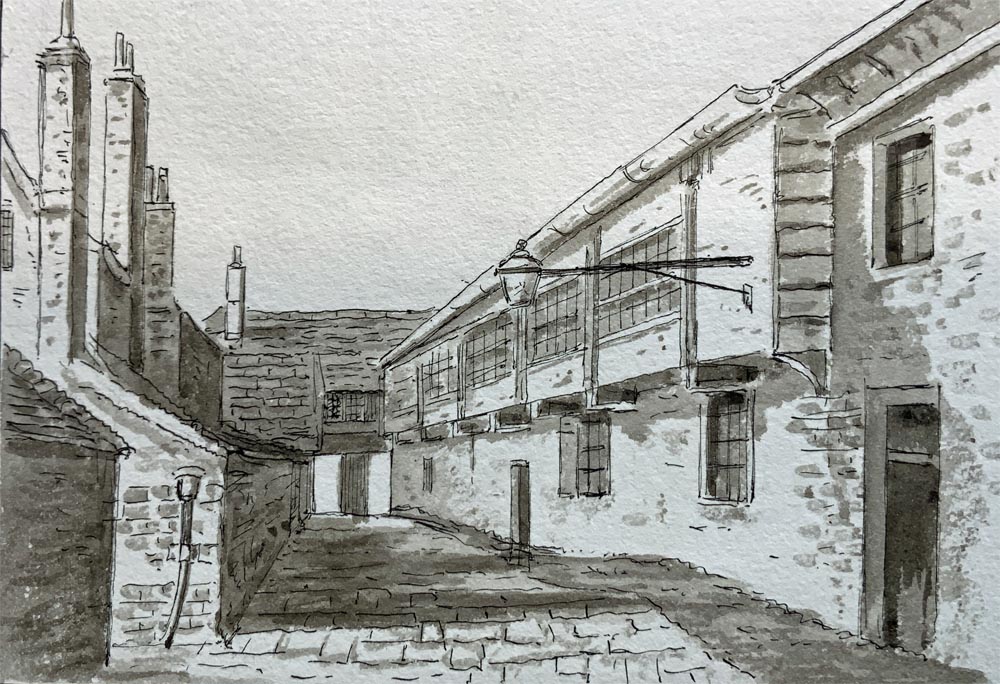
The Packhorse Inn, Bridport.
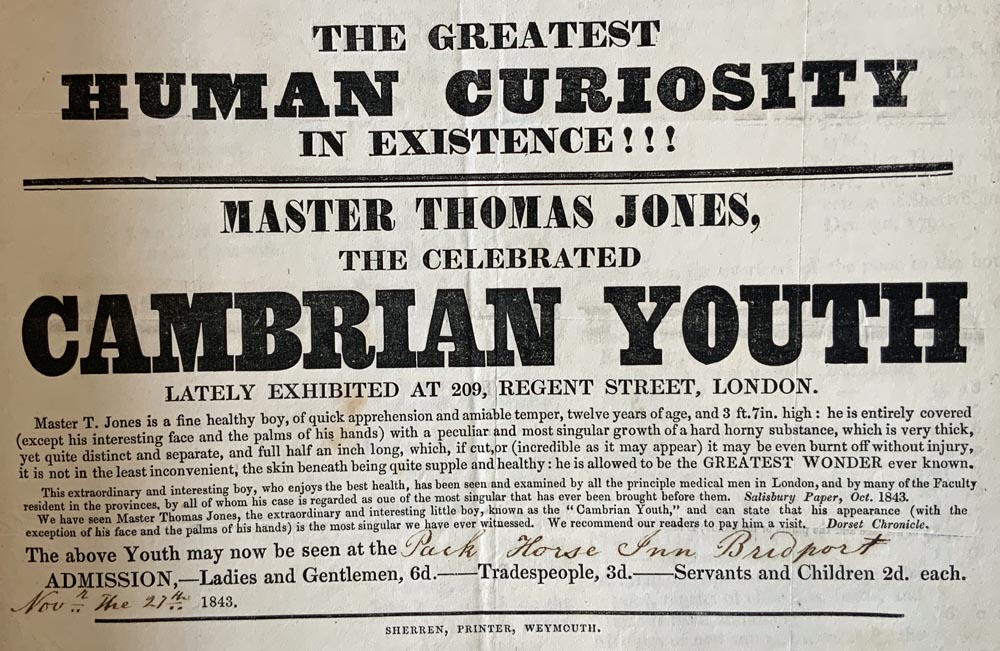
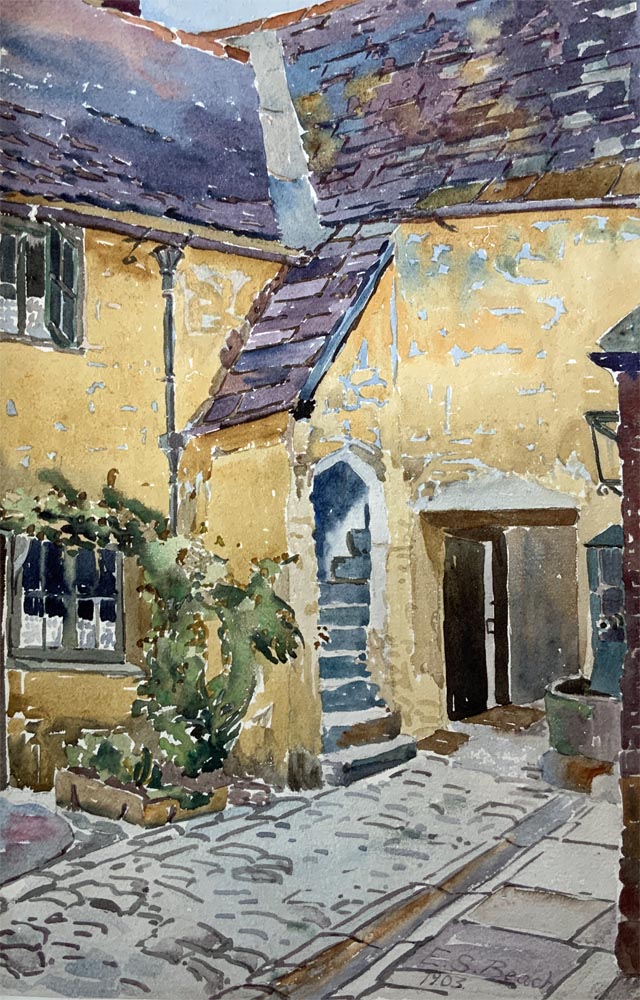
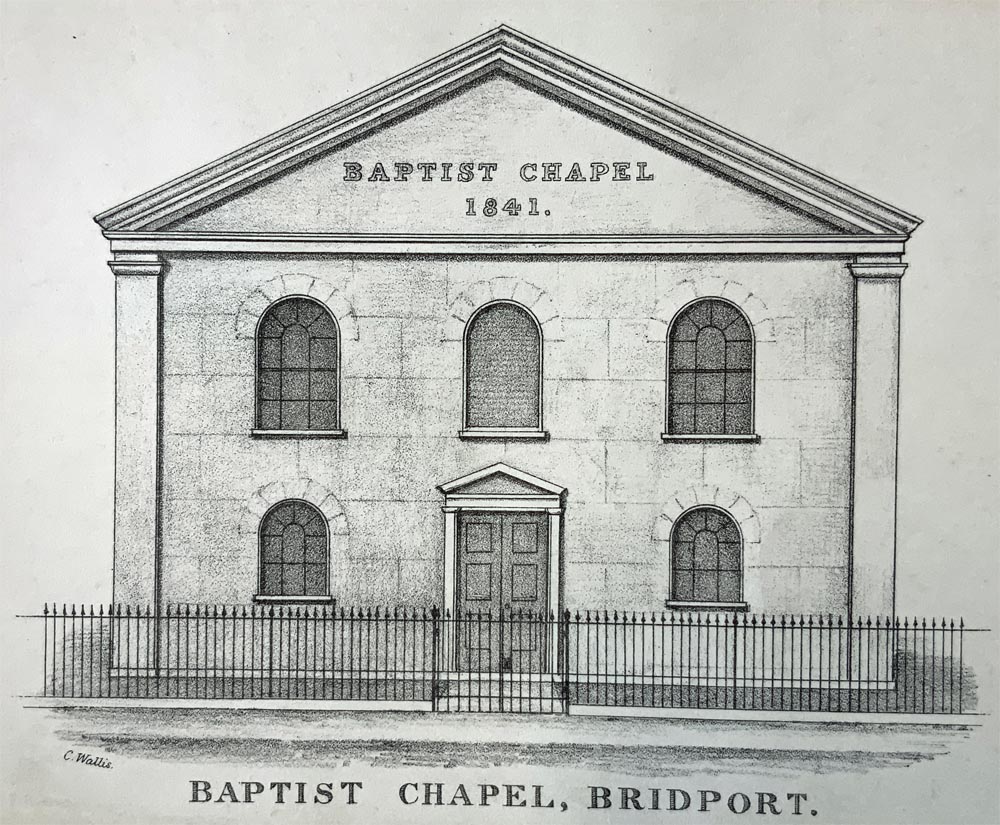
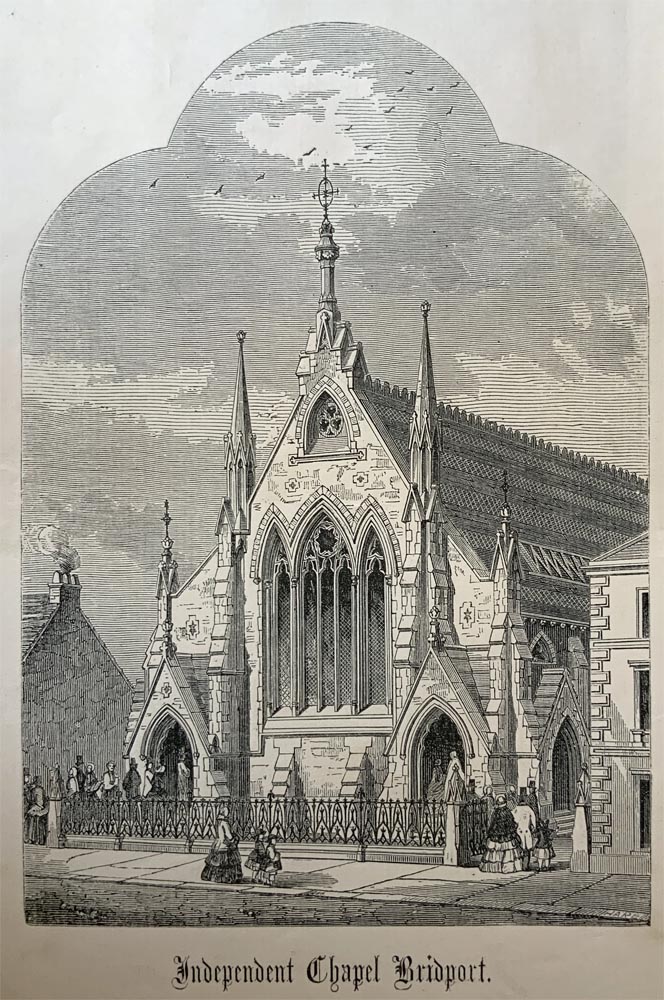
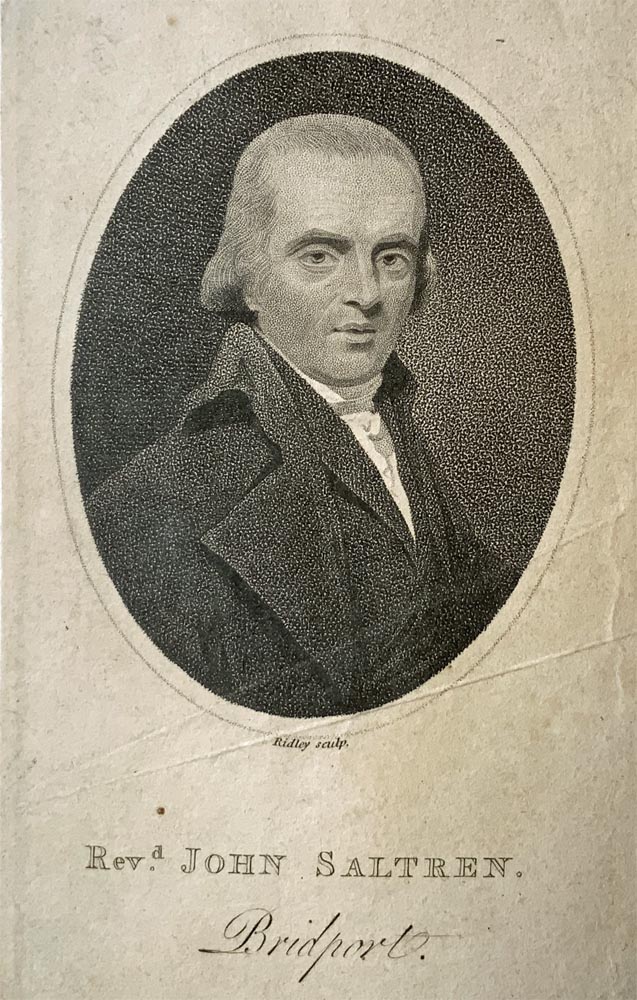
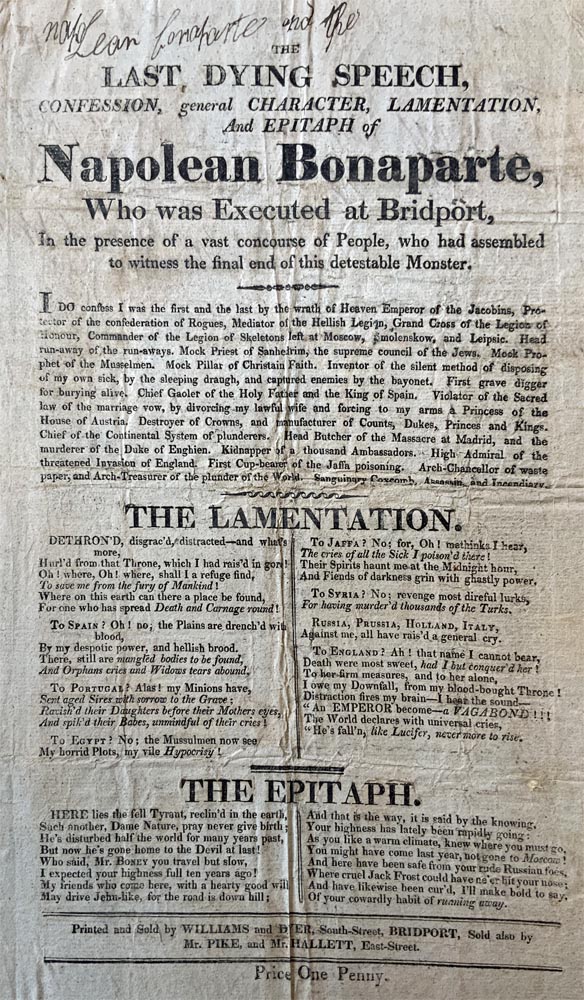
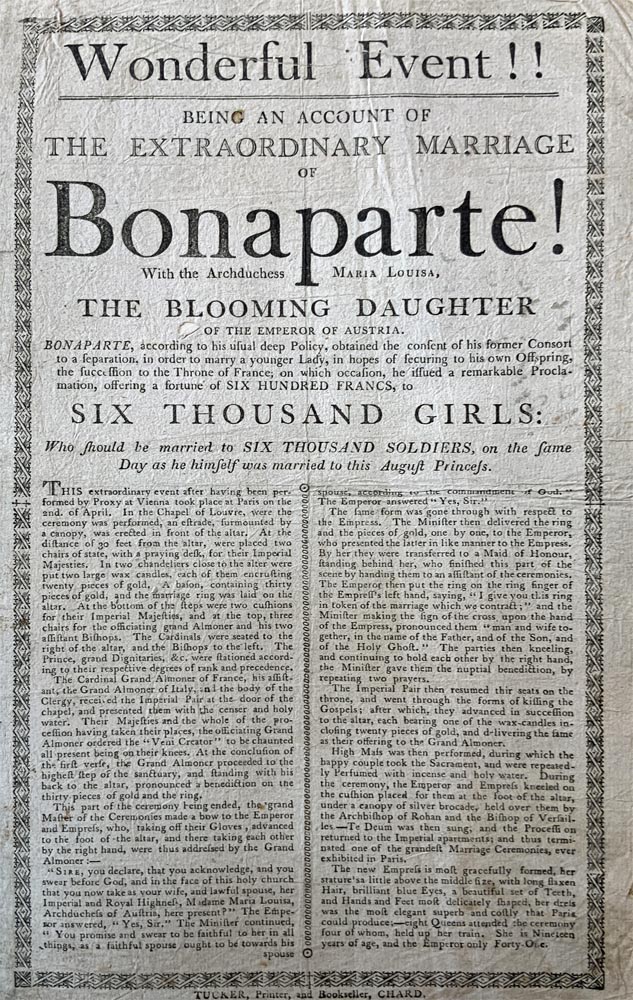
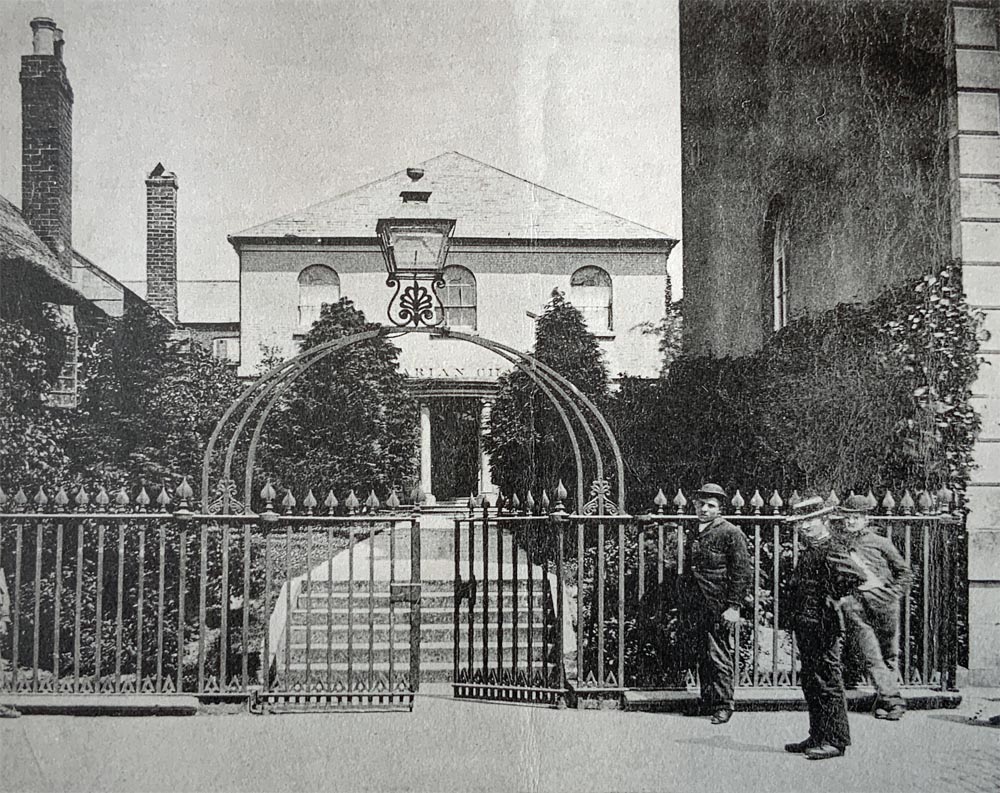
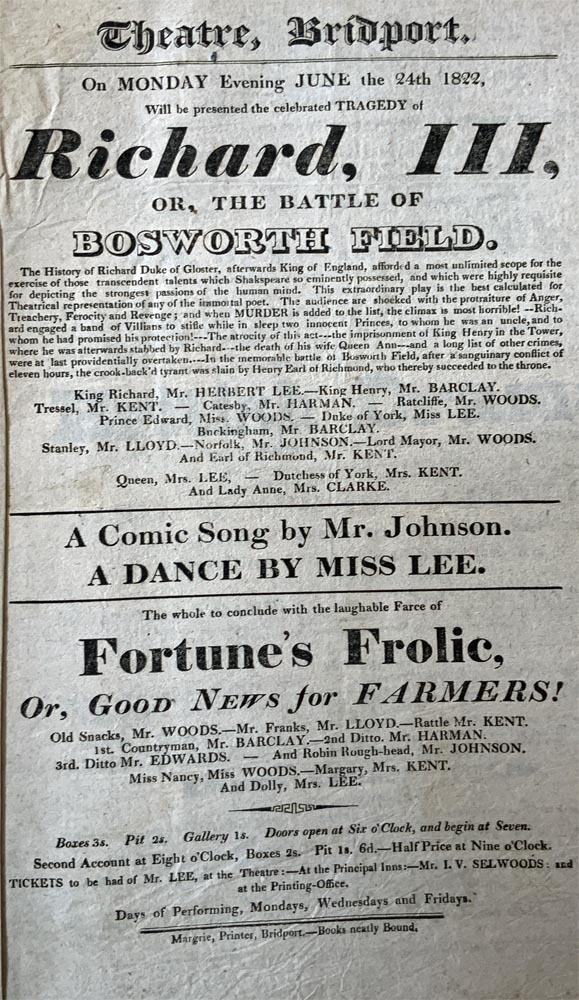
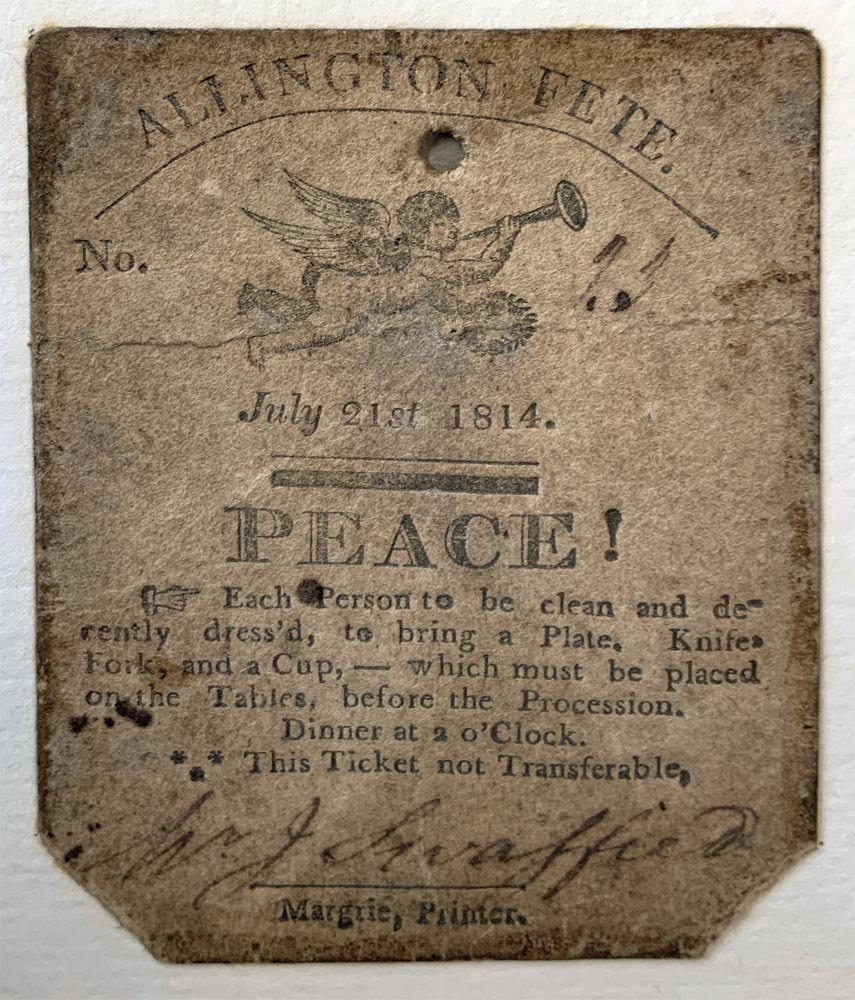
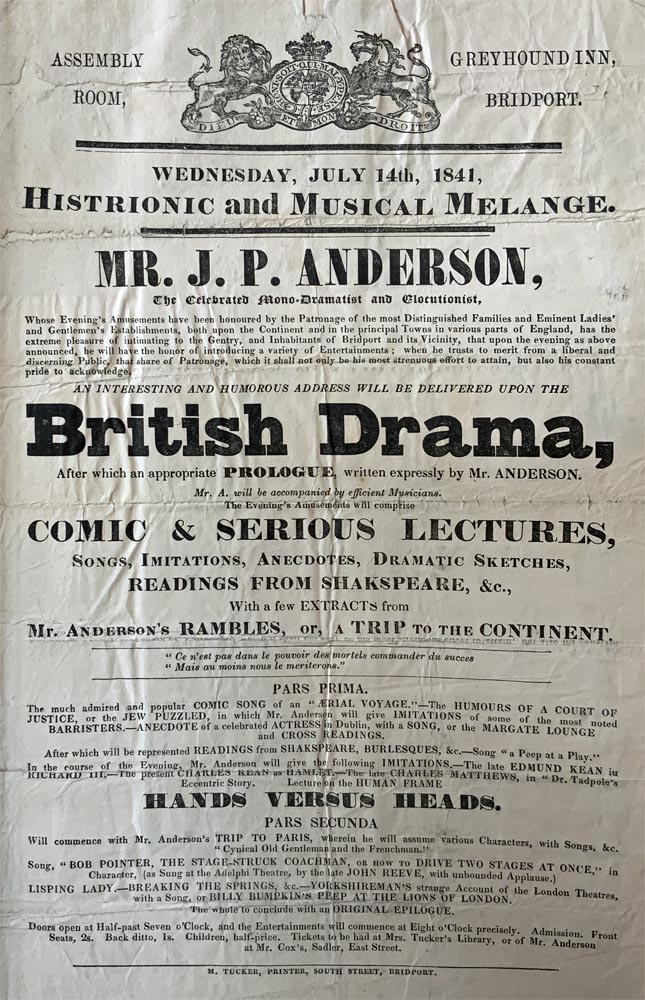
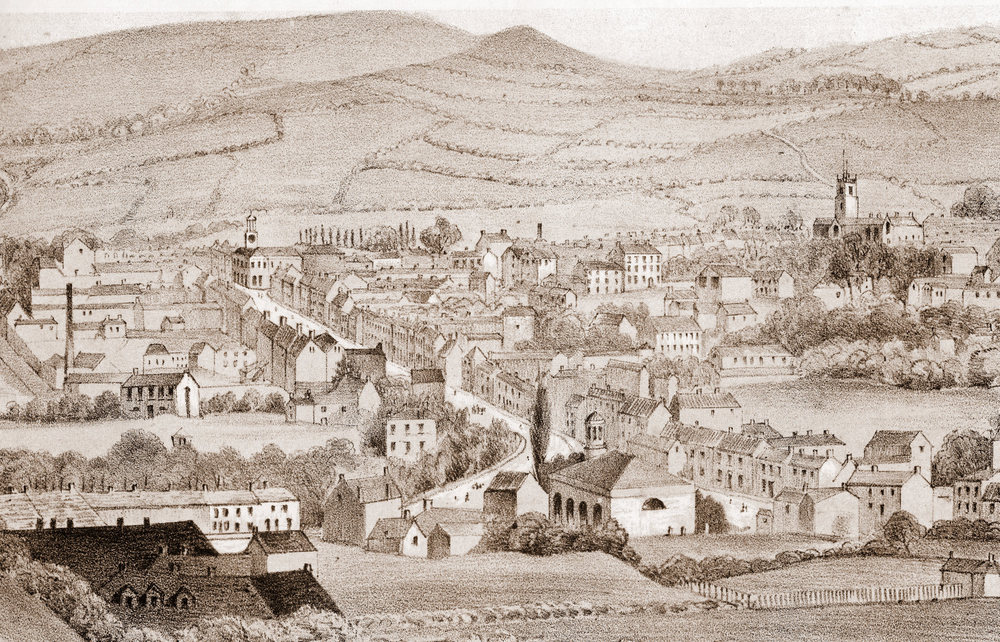
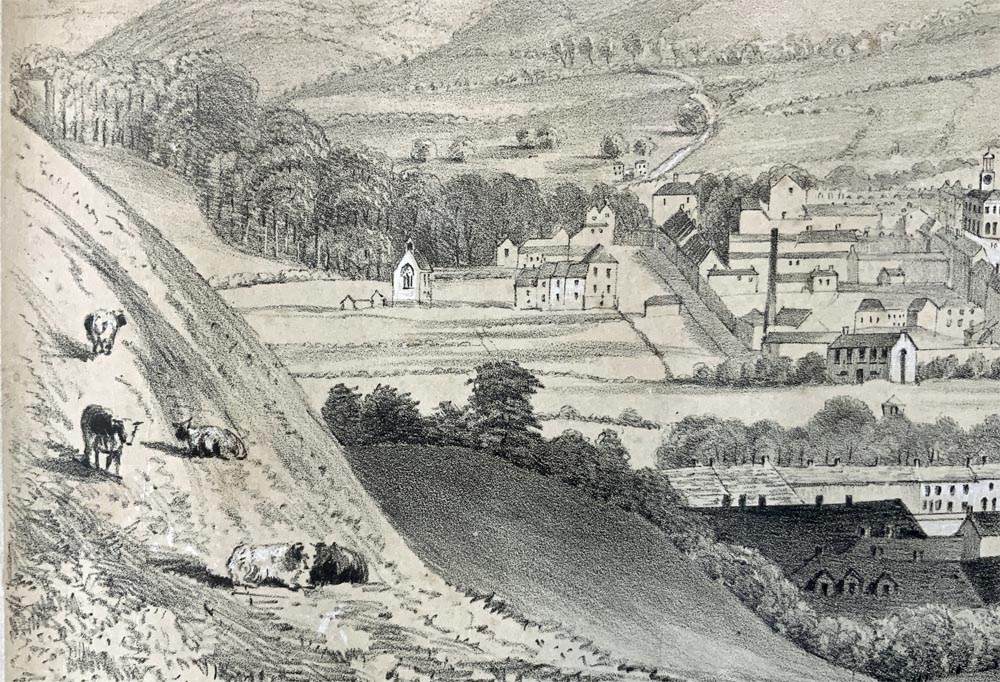
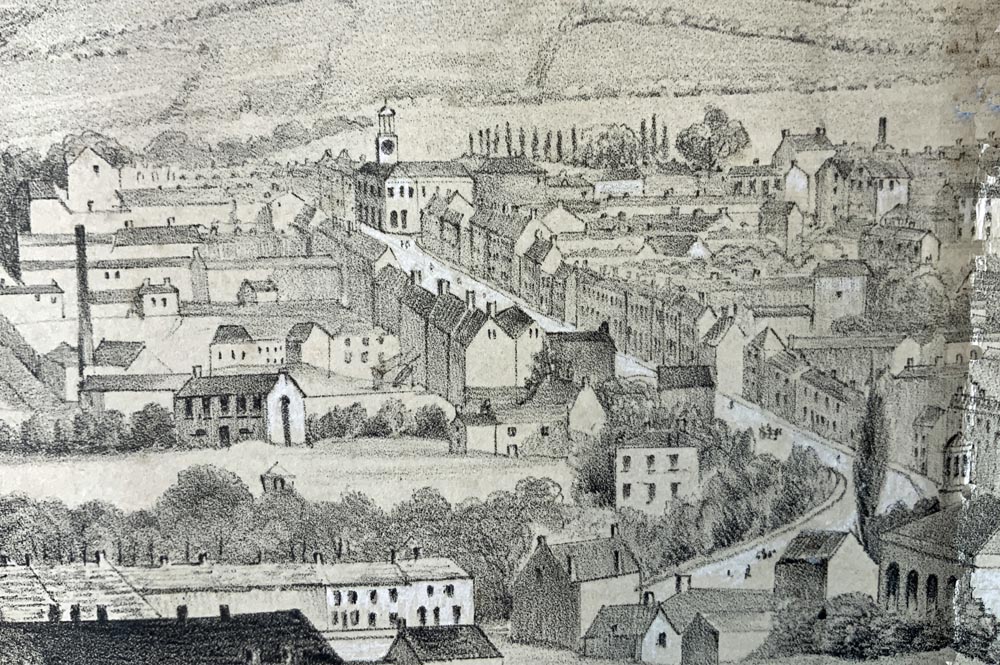
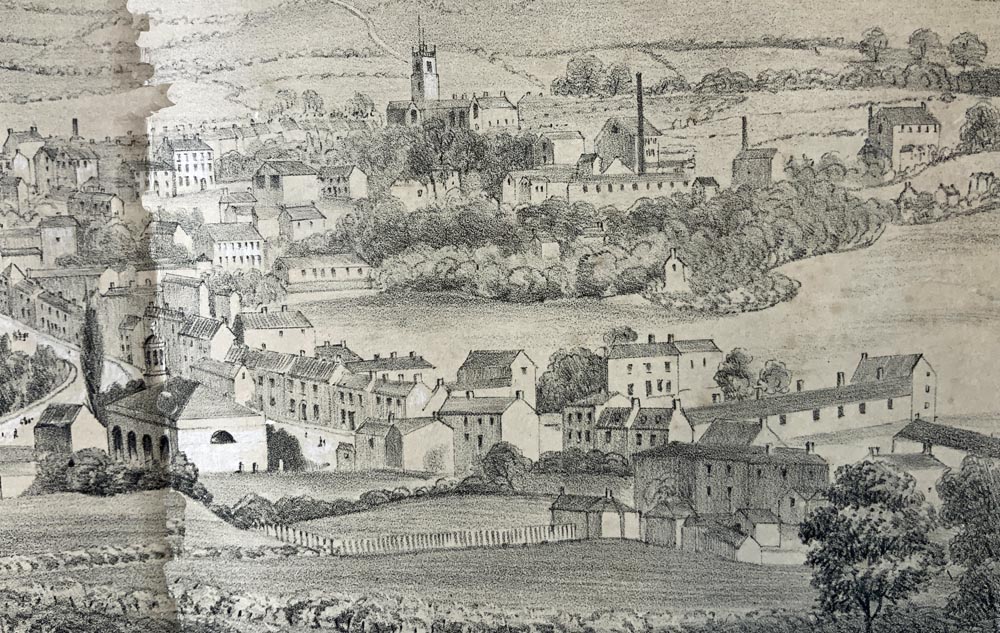
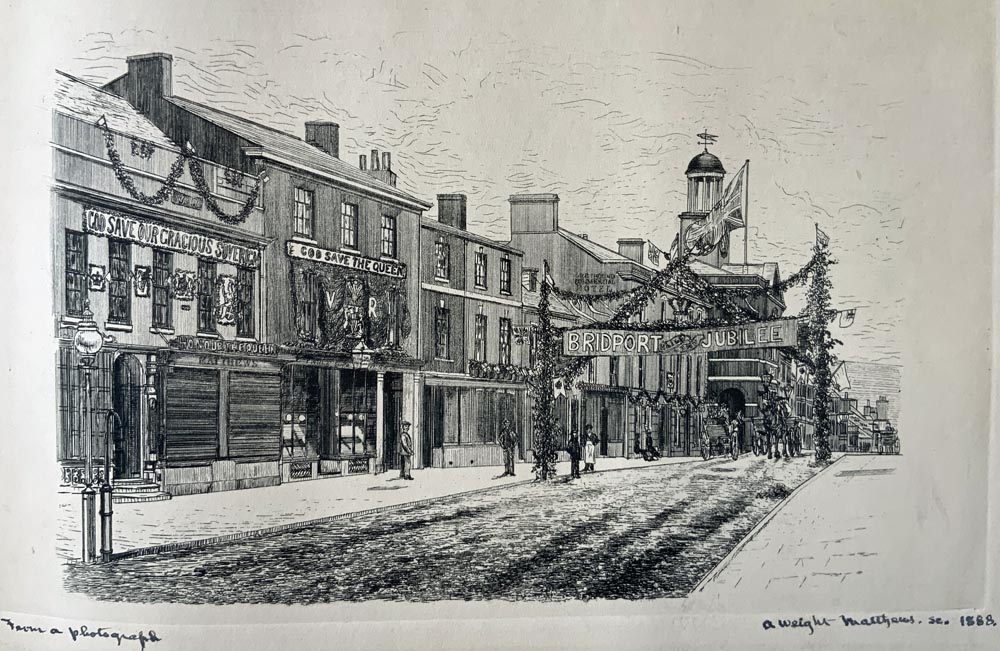
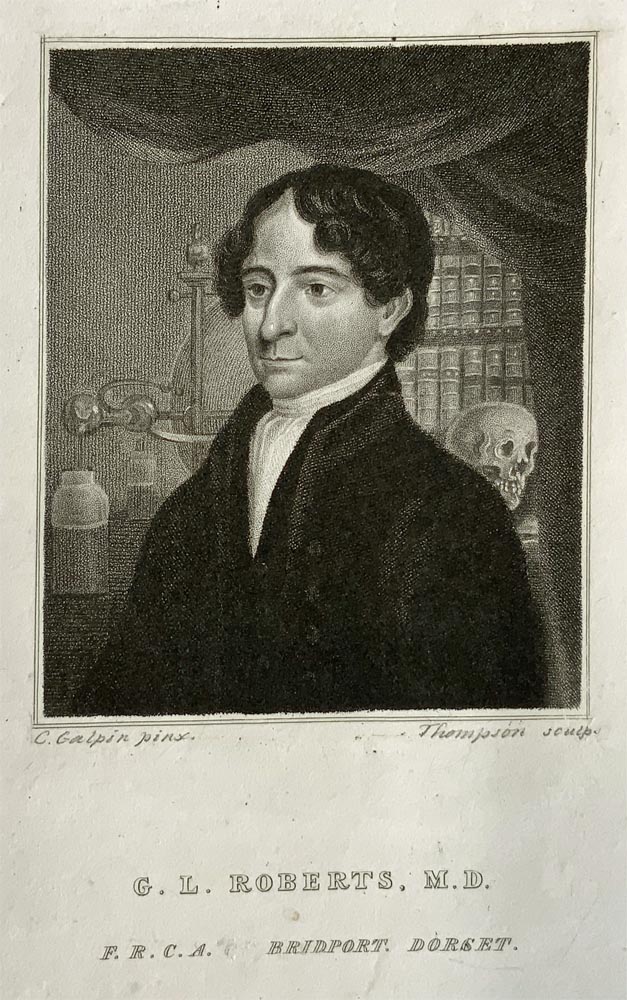
This engraving of Doctor George Roberts is from an original painting by Carter Galpin, who lived in Charmouth, opposite the Church.
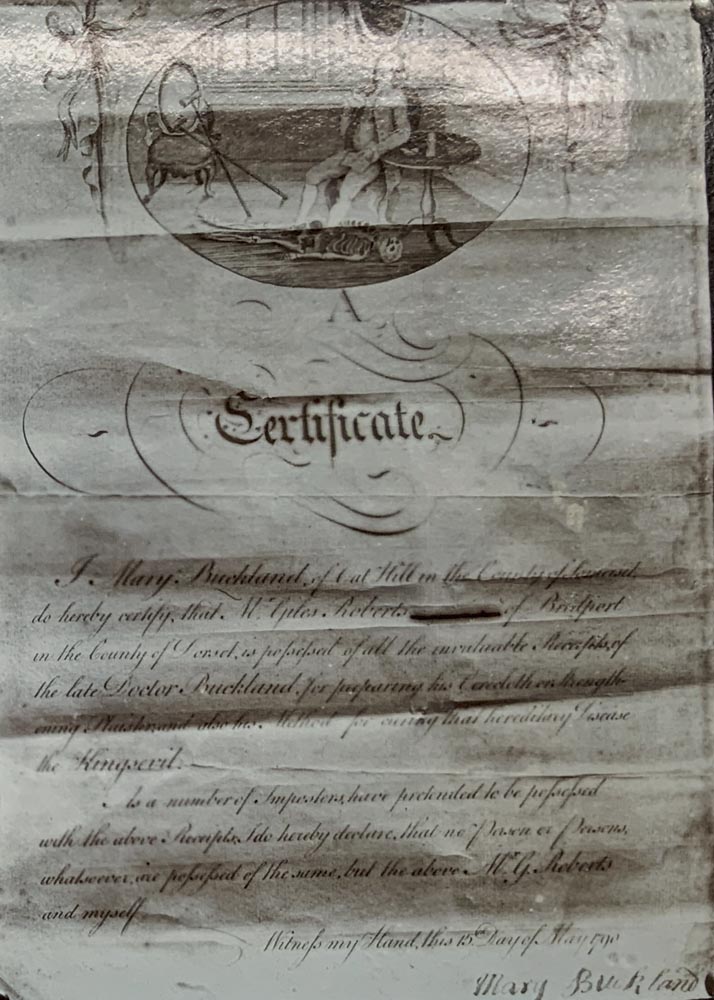
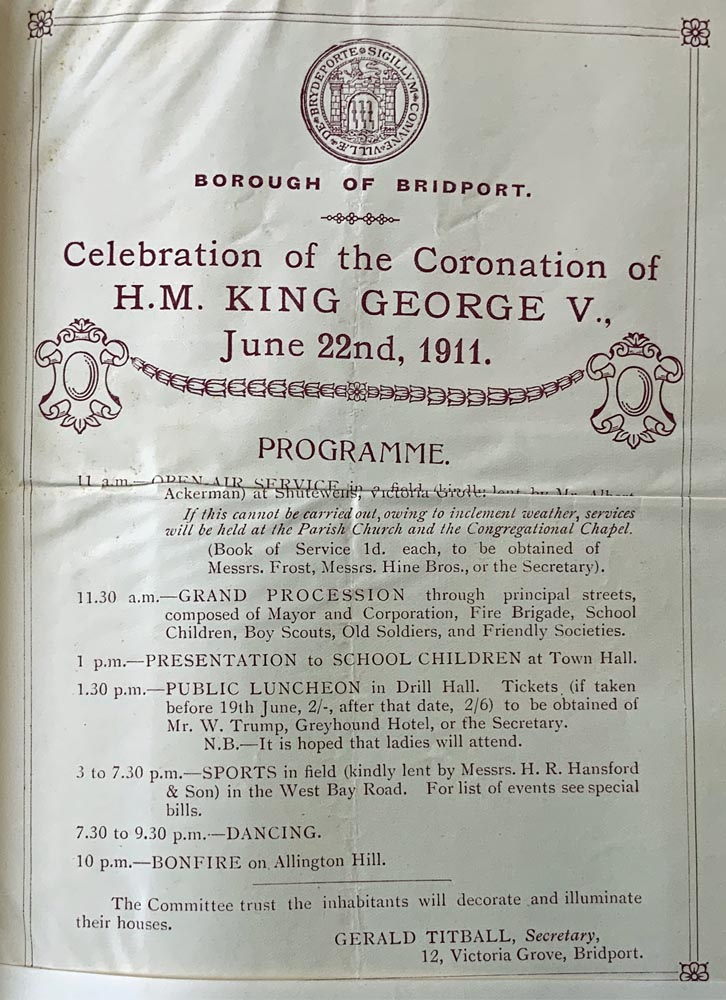
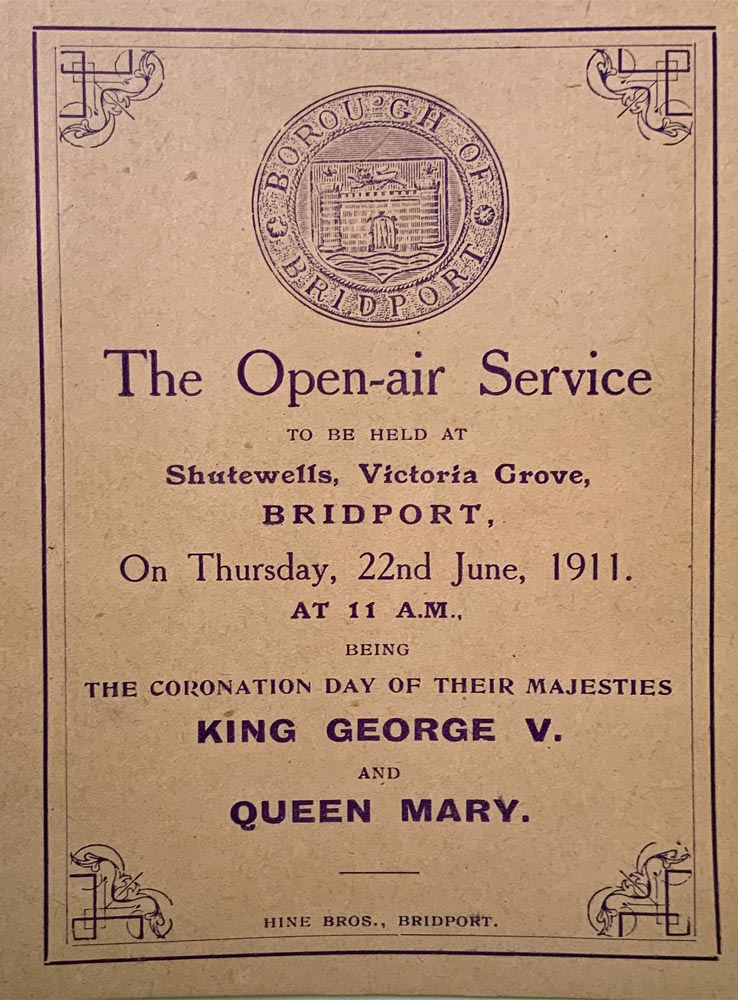
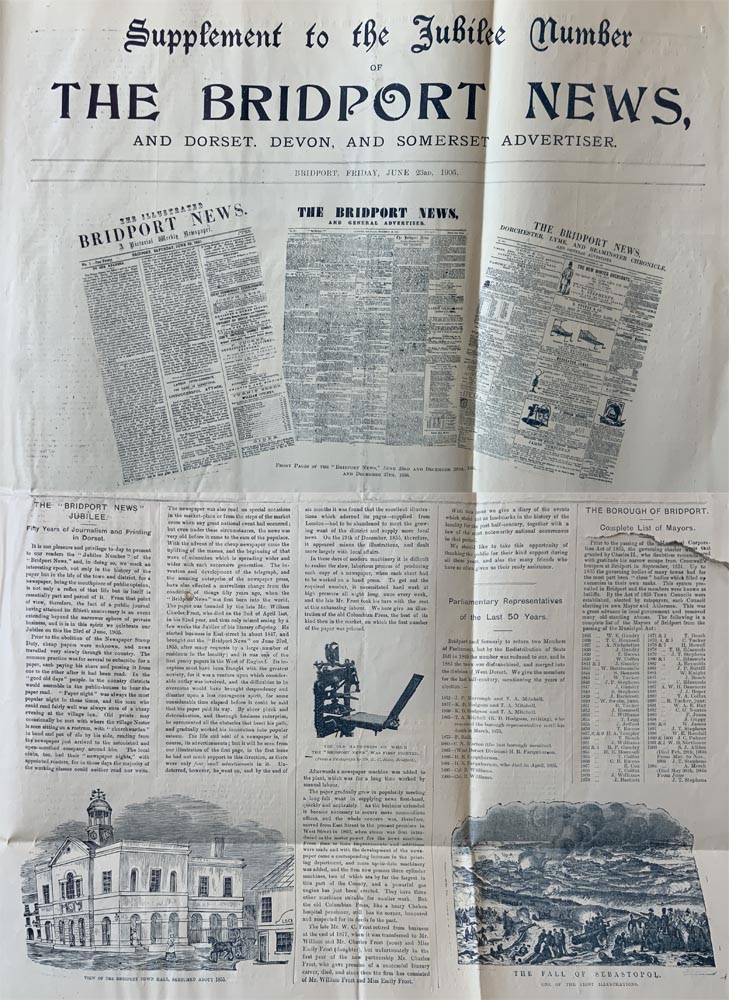
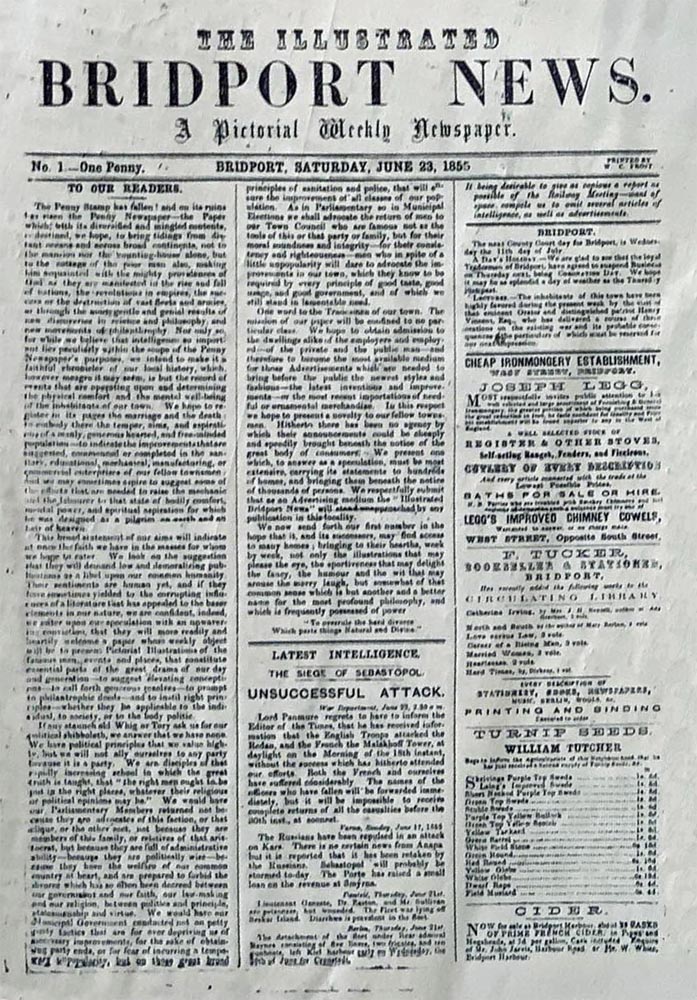
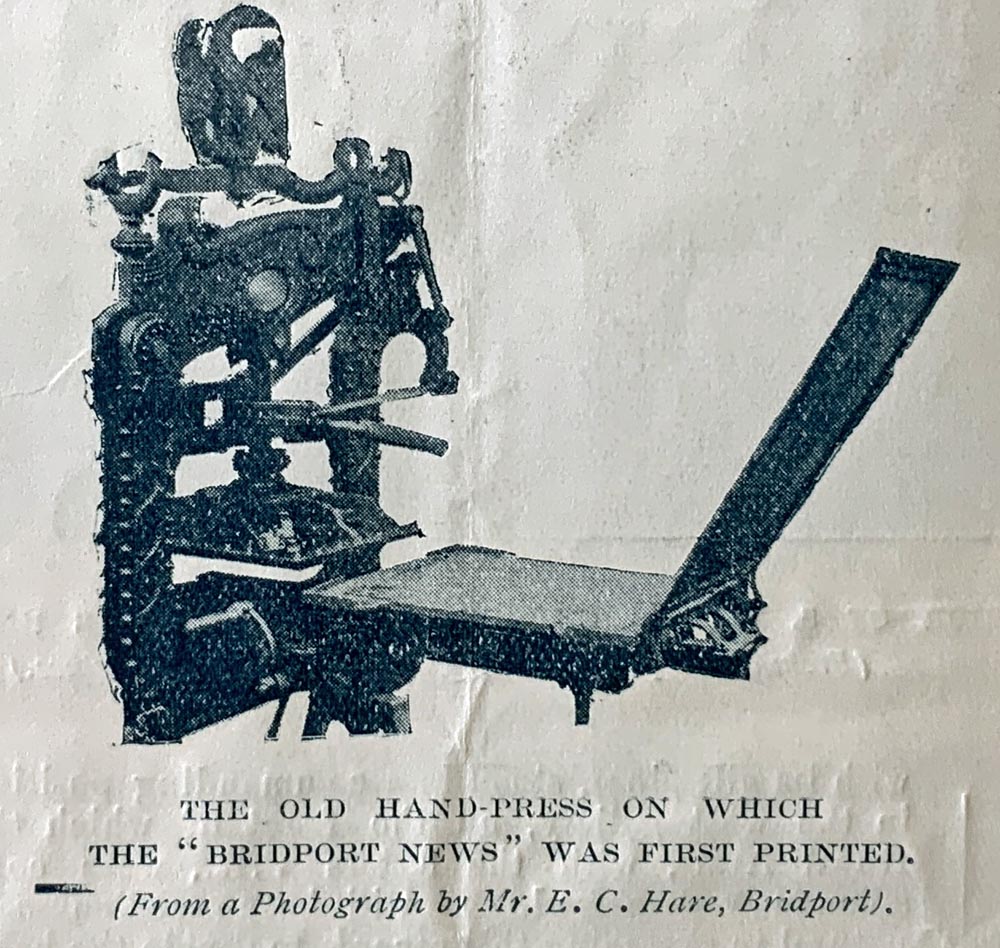
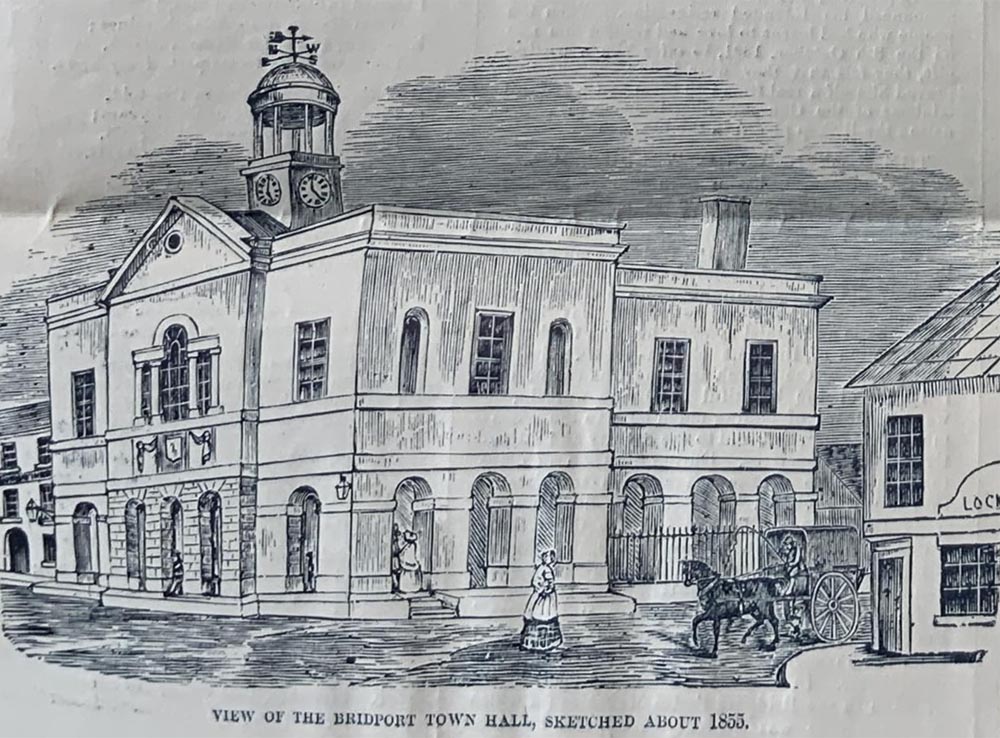
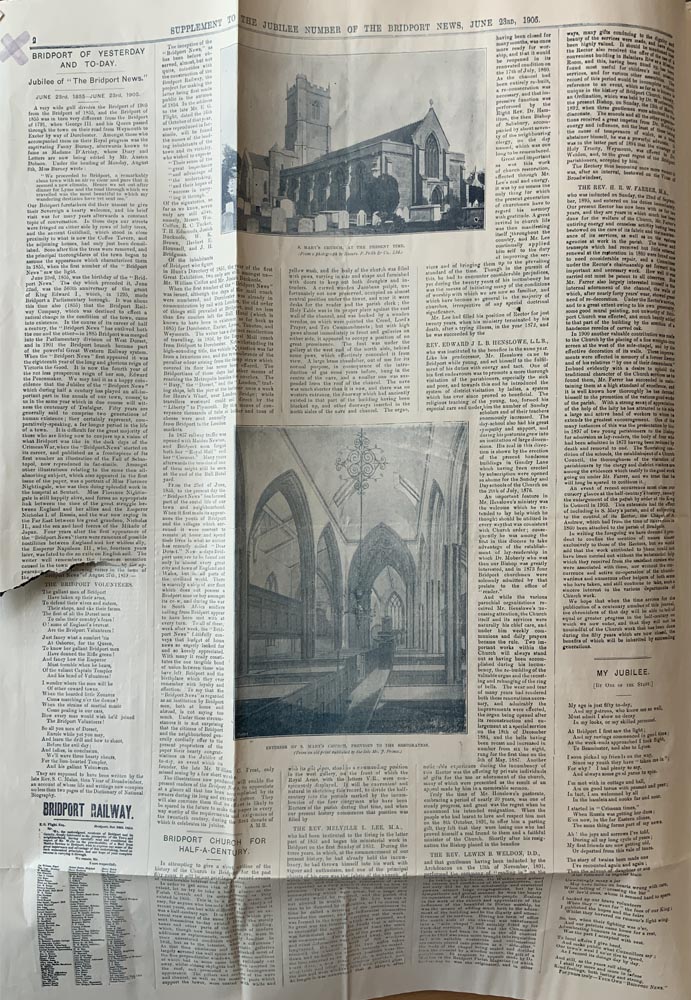
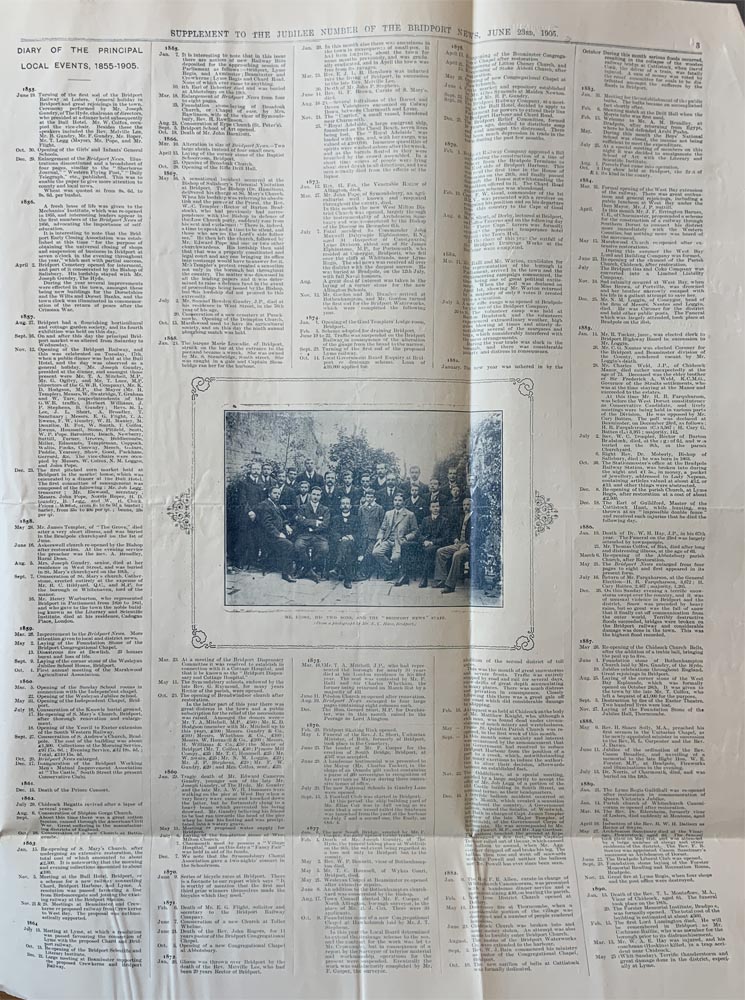
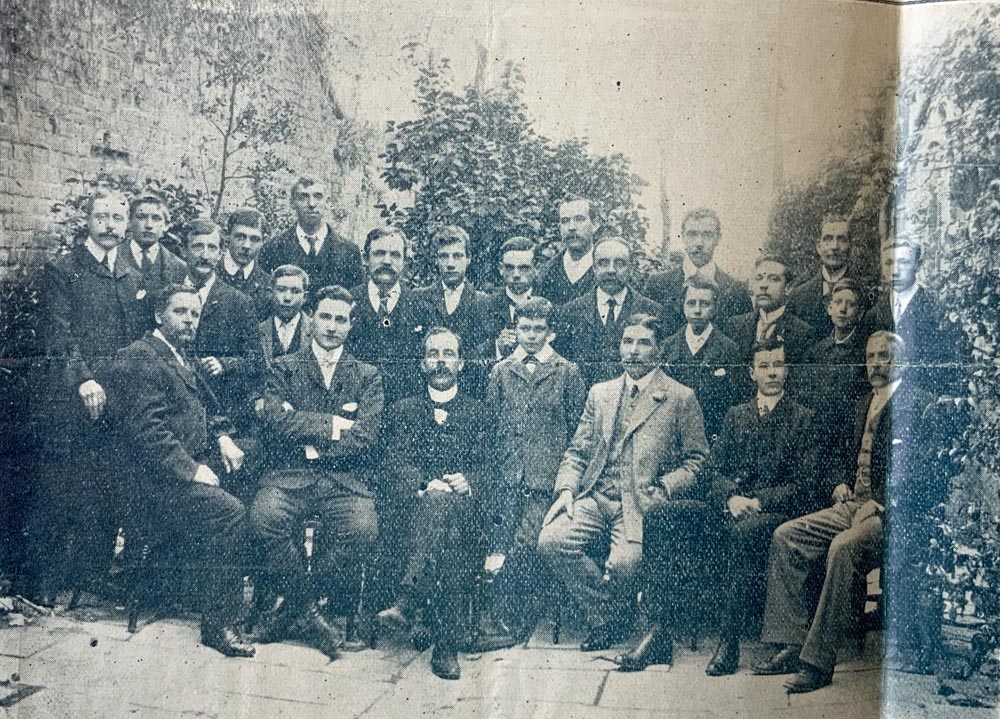
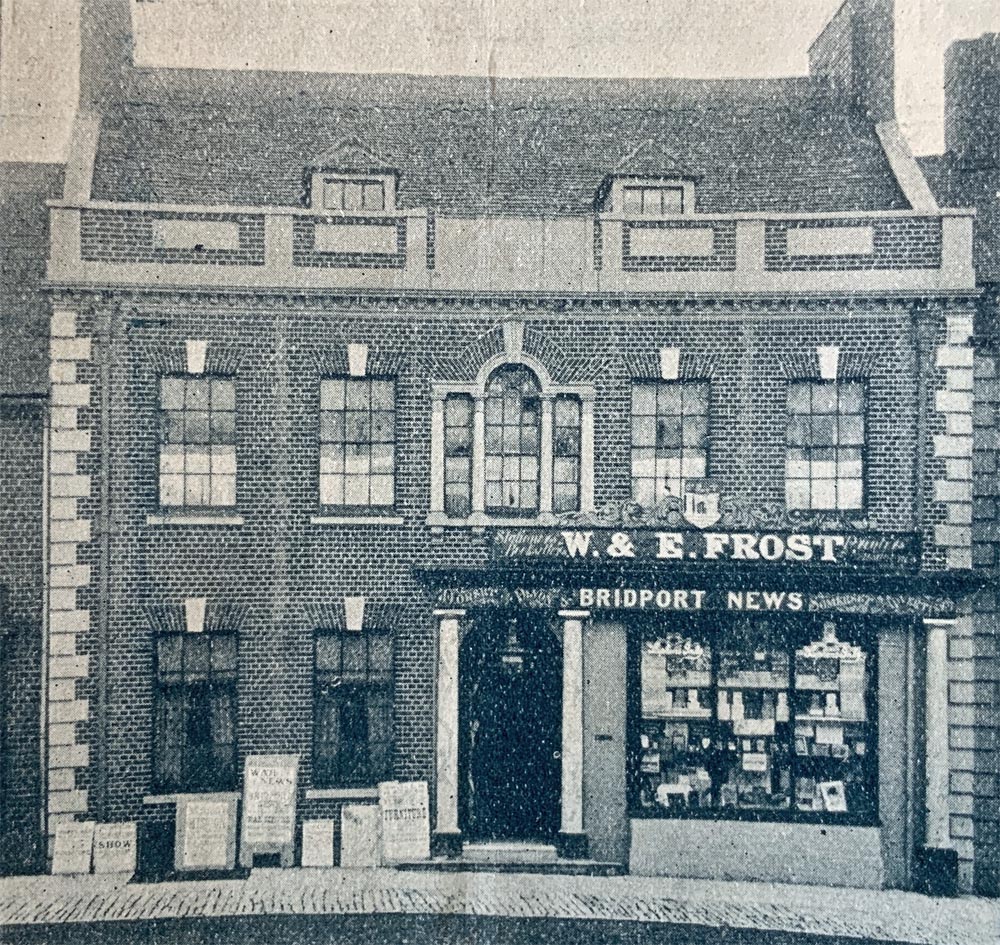
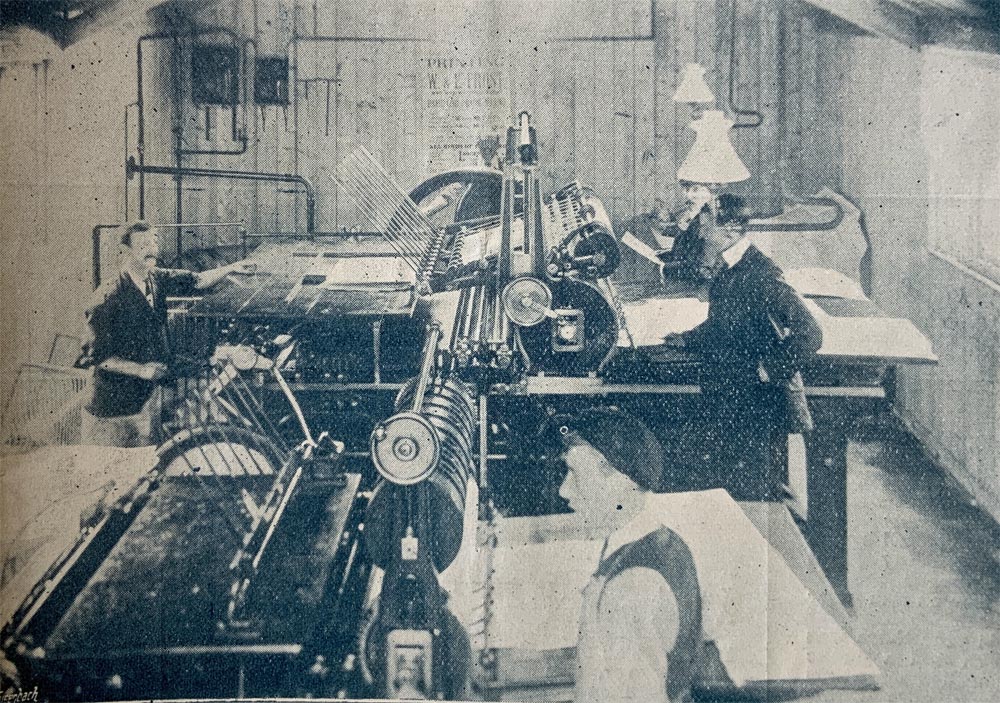
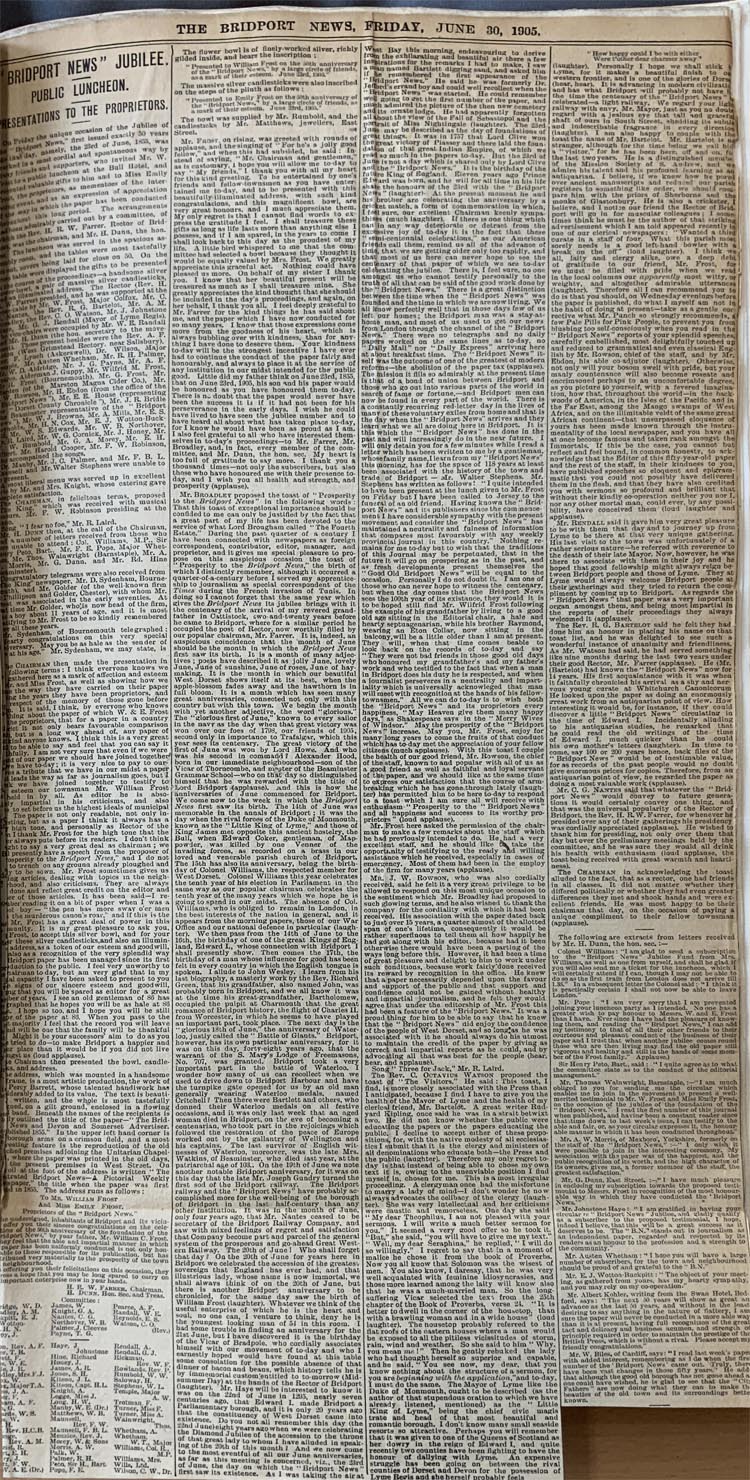
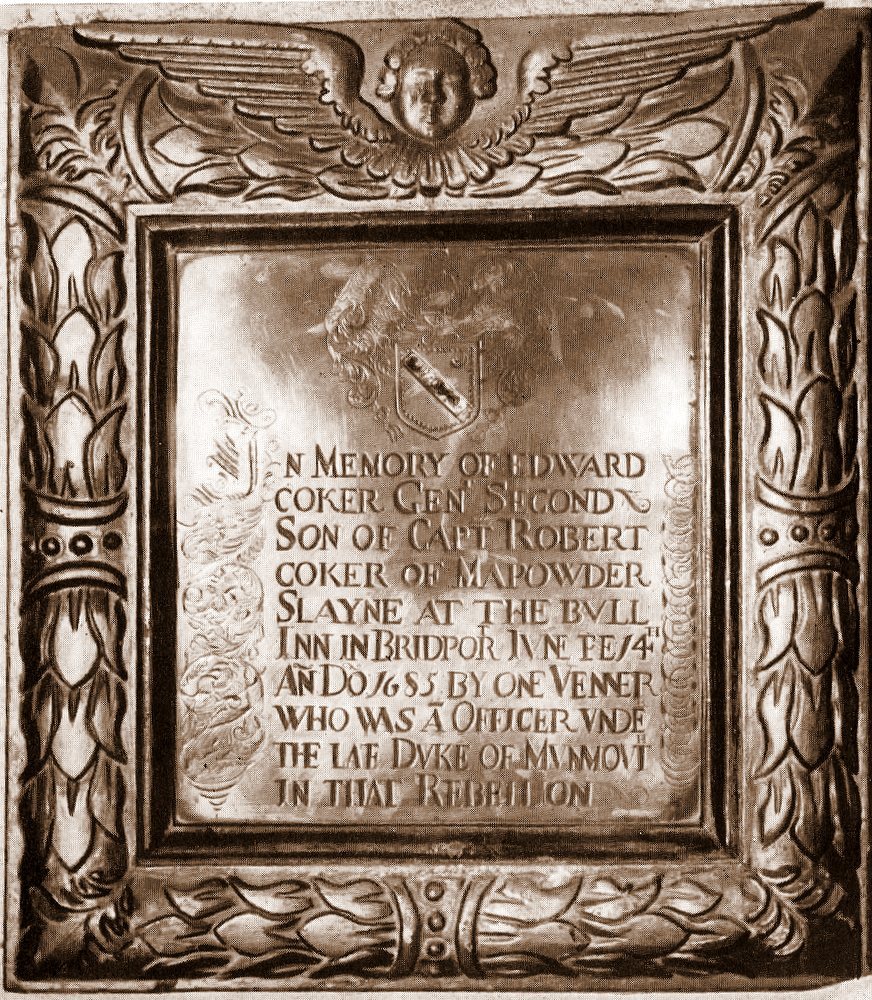
There is a Memorial to Edward Coker at St. Mary`s Church at Bridport. It reads: "In memory of Edward Coker of Maypowder ( Mapperton) Slayne at The Bull Inn in Bridport June 14th 1685 by one Venner, who was an officer under the late Duke of Monmouth in that Rebellion ".It is a record of the Rebels attach on the town by a party of 400 foot and forty horse which left Lyme Regis on the Saturday after the landing . The following day they were routed, and in the afternoon came back helter skelter to Lyme. They left and returned by the lane to Charmouth along the bottom of the cliffs. There is a print dated 1814 by William Daniel that shows the path which has long sinc e disappeared although a section still survives in Church Lane.
The Duke of Monmouth was defeated at the Battle of Sedgemoor some 6 weeks after landing at Lyme, fleeing from the battlefield, only to be captured and executed on 15 July on Tower Hill. Unlike his father King Charles II he was not able to escape back to the continent. It was to be only 3 years in 1688, that the unpopular Catholic King James II was deposed by William of Orange.
The Duke of Monmouth was defeated at the Battle of Sedgemoor some 6 weeks after landing at Lyme, fleeing from the battlefield, only to be captured and executed on 15 July on Tower Hill. Unlike his father King Charles II he was not able to escape back to the continent. It was to be only 3 years in 1688, that the unpopular Catholic King James II was deposed by William of Orange.
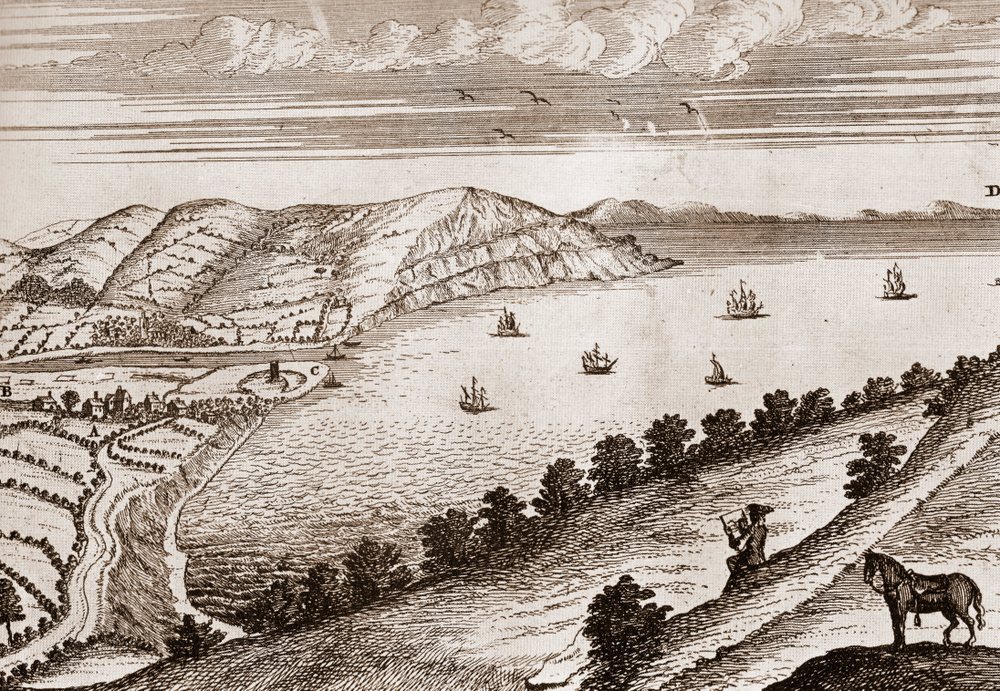
A view of Seatown, near Bridport in 1734.
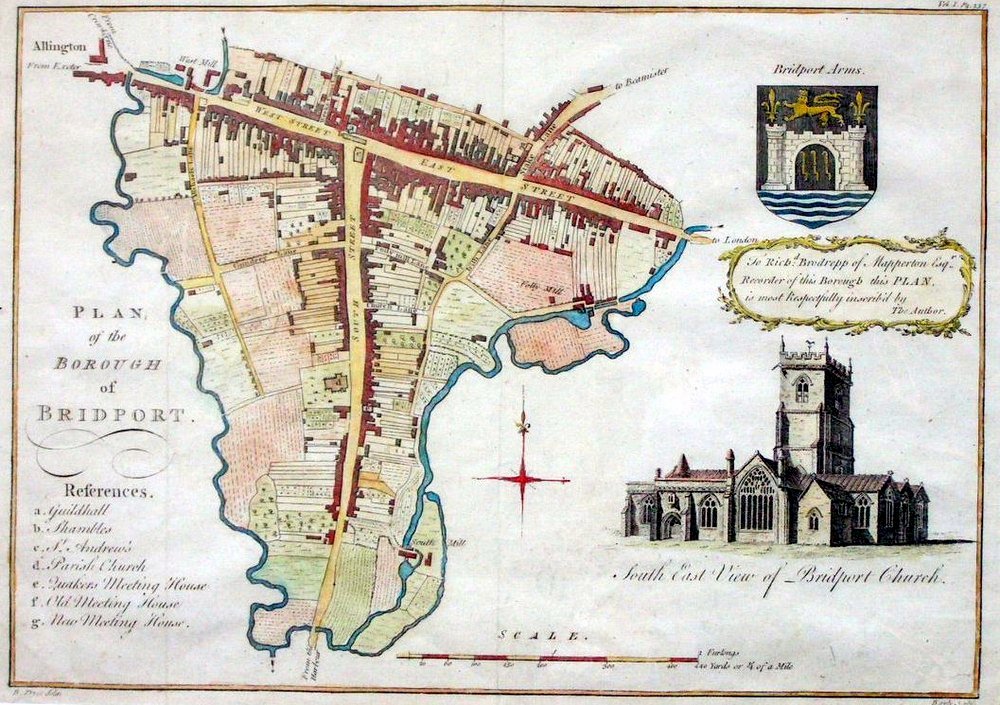
A Map of Bridport from Hutchins History of Dorset 1774
